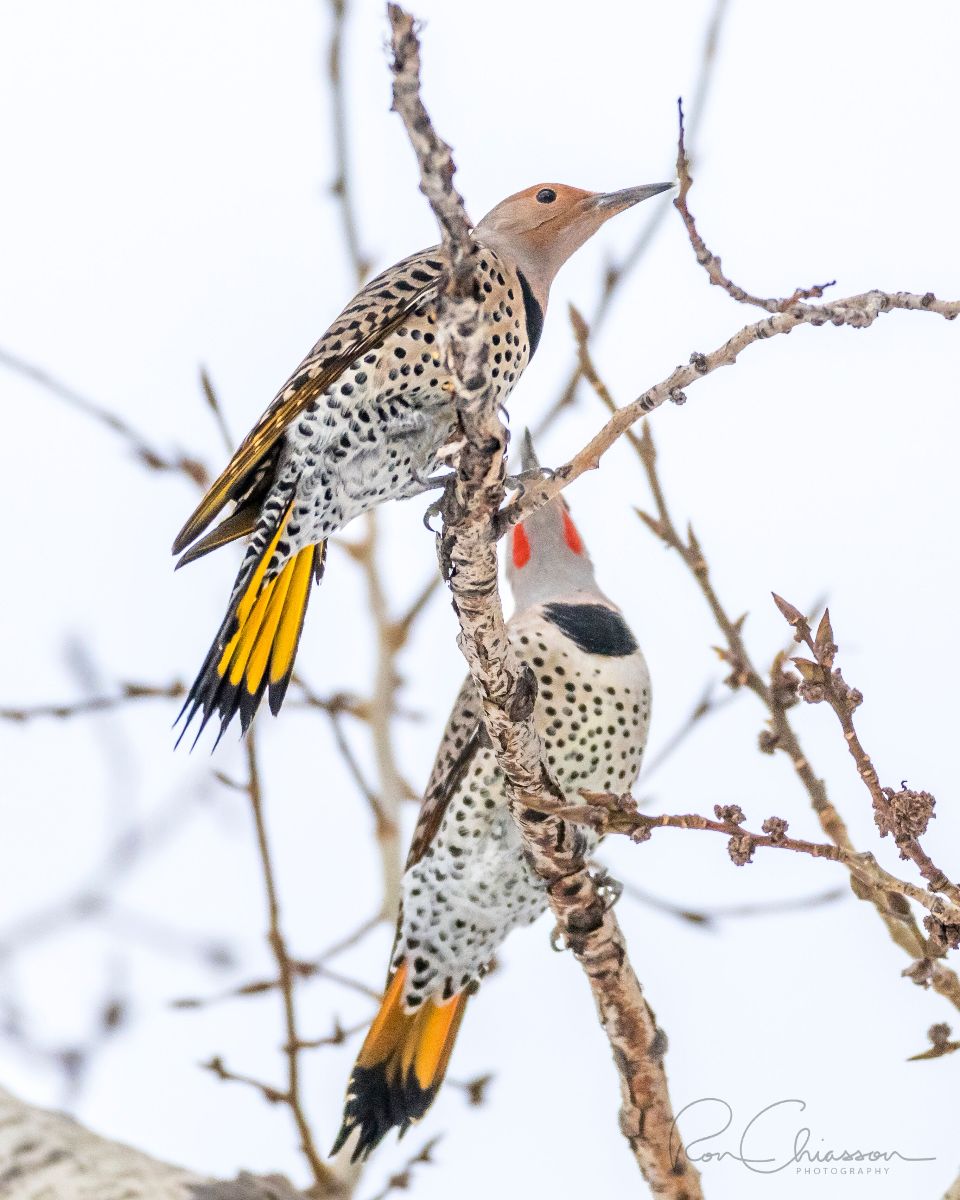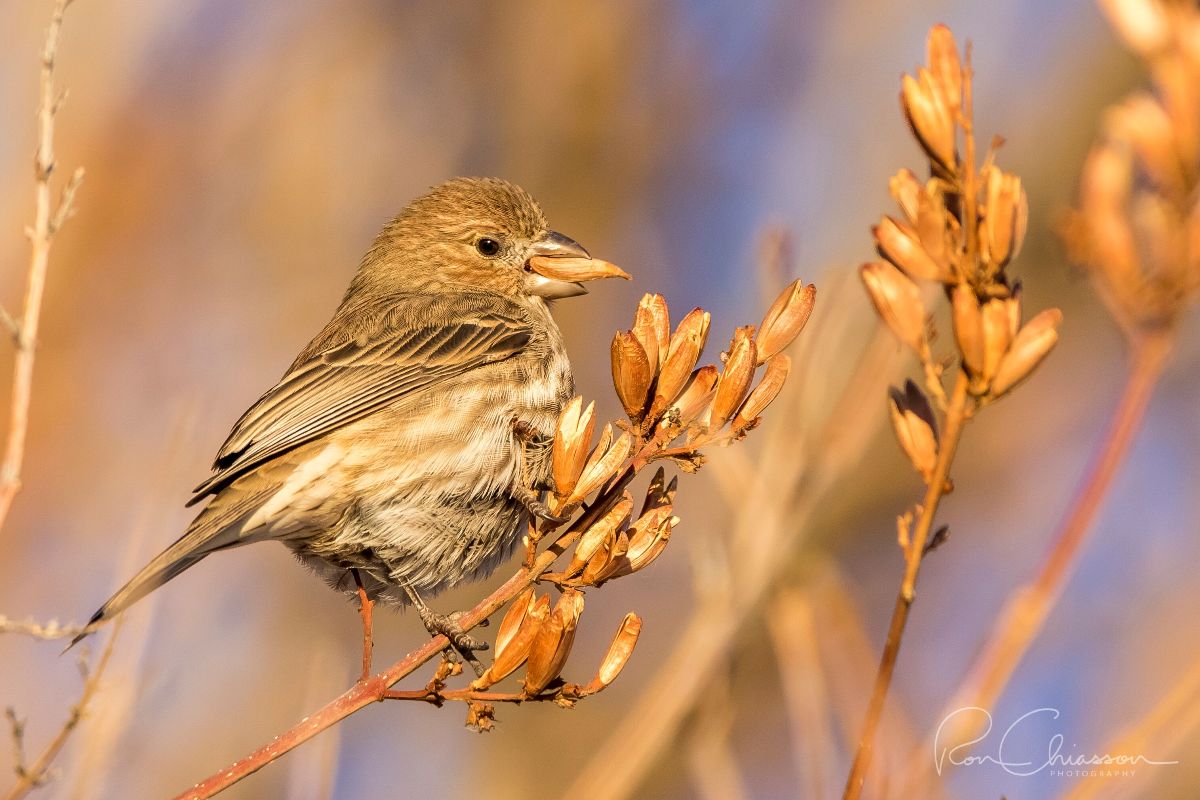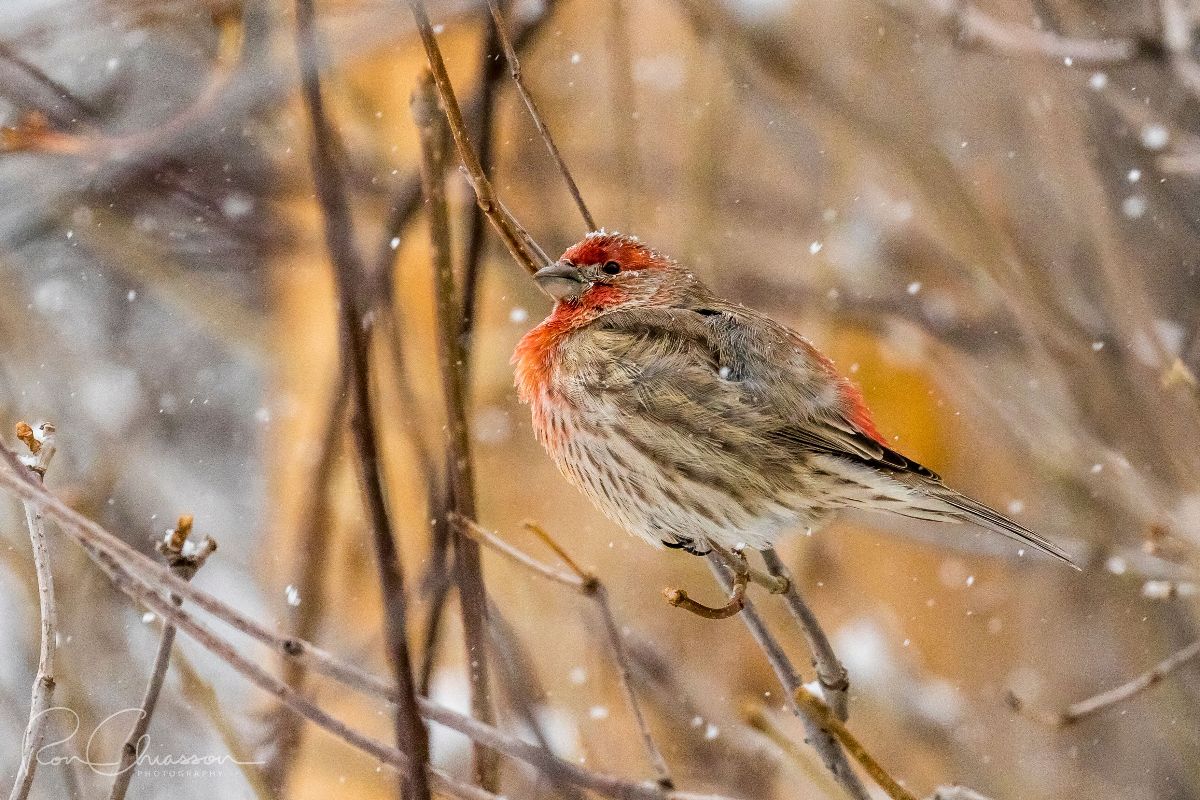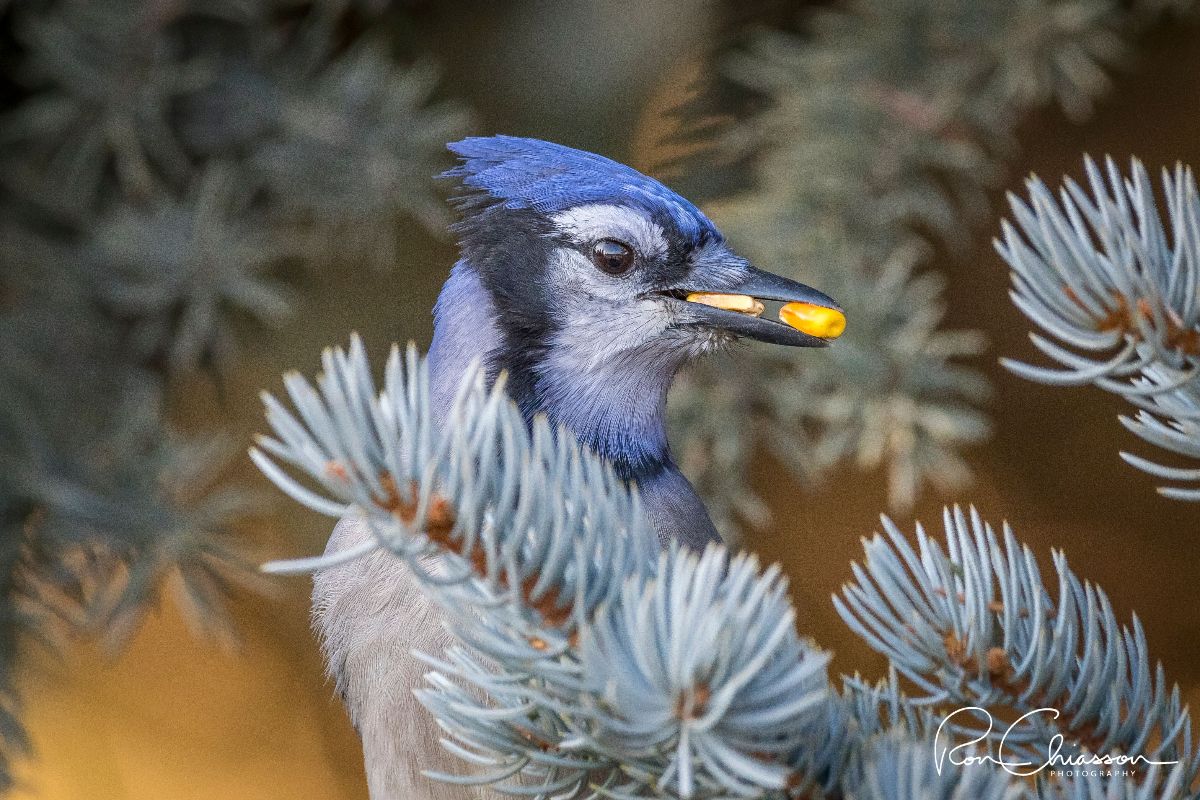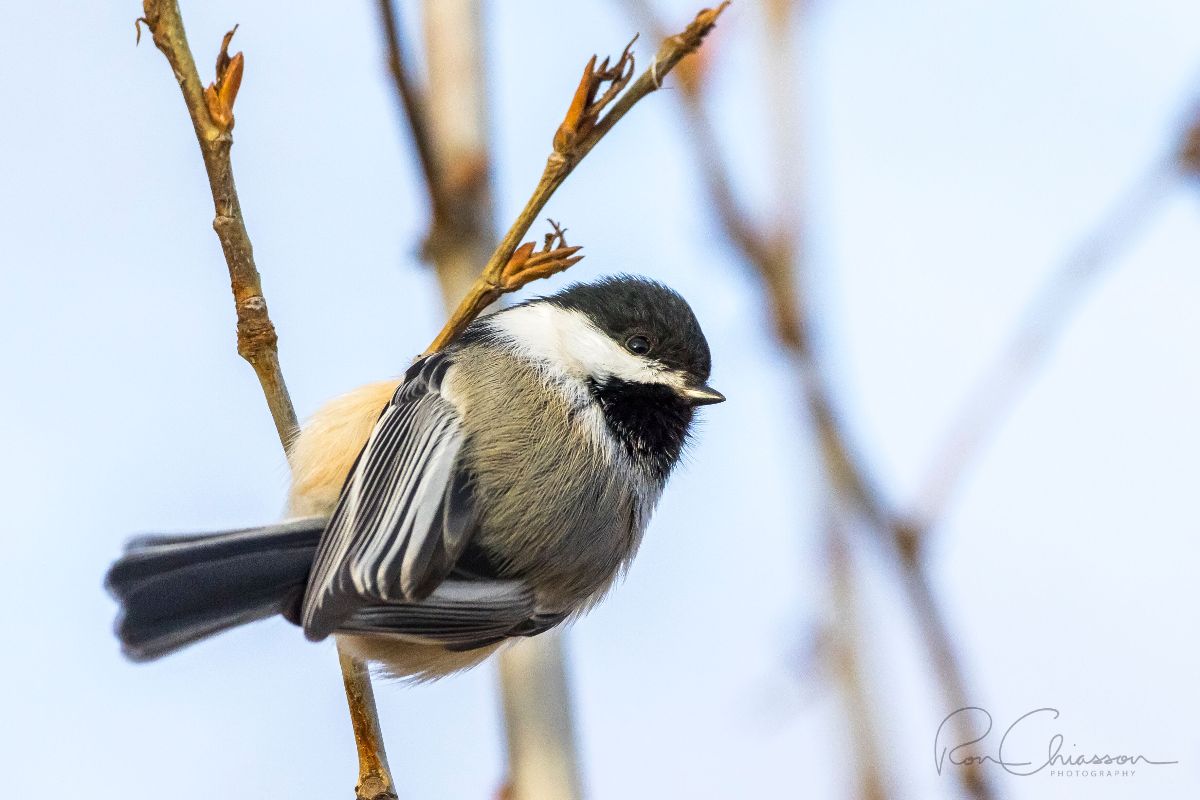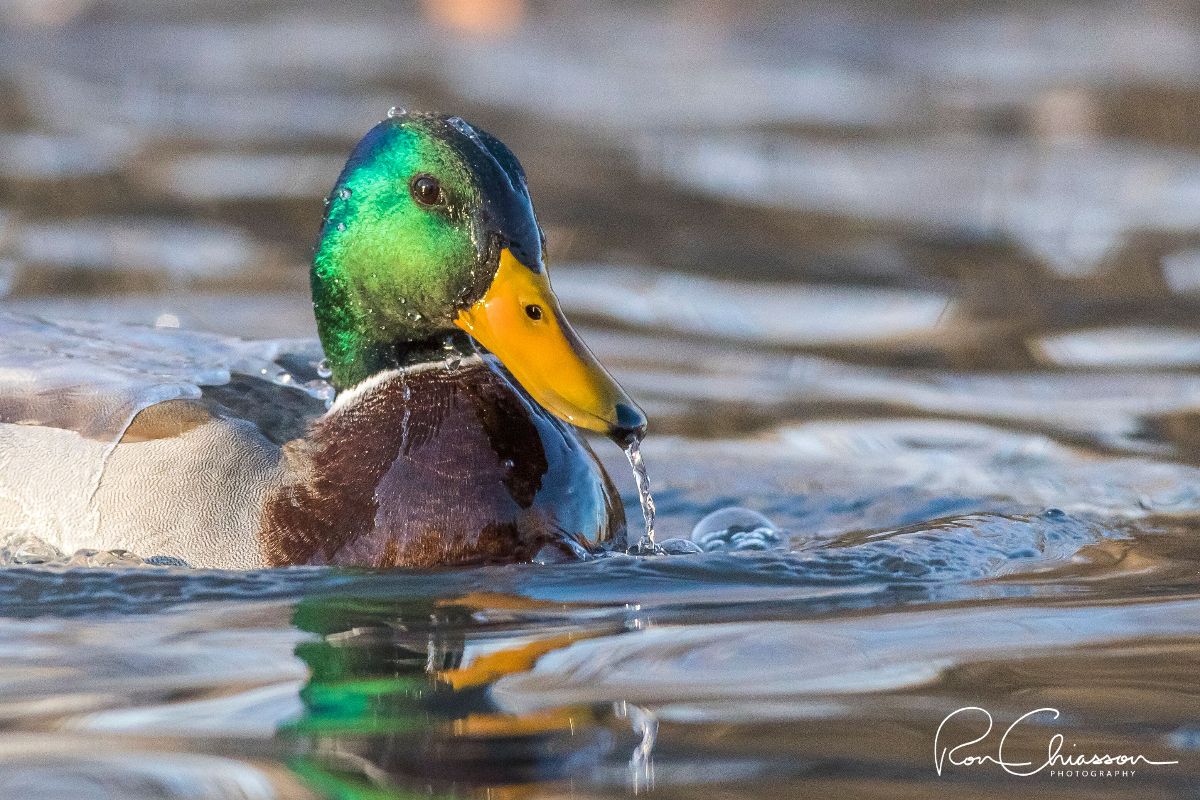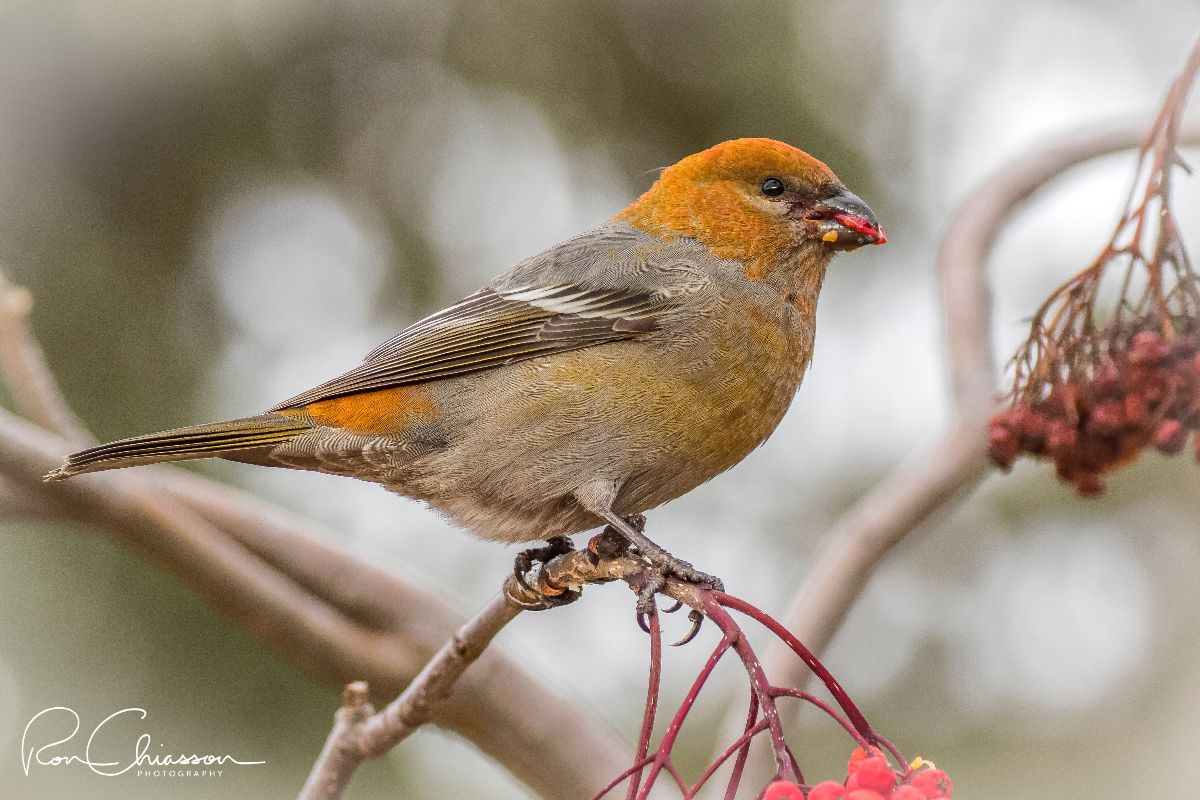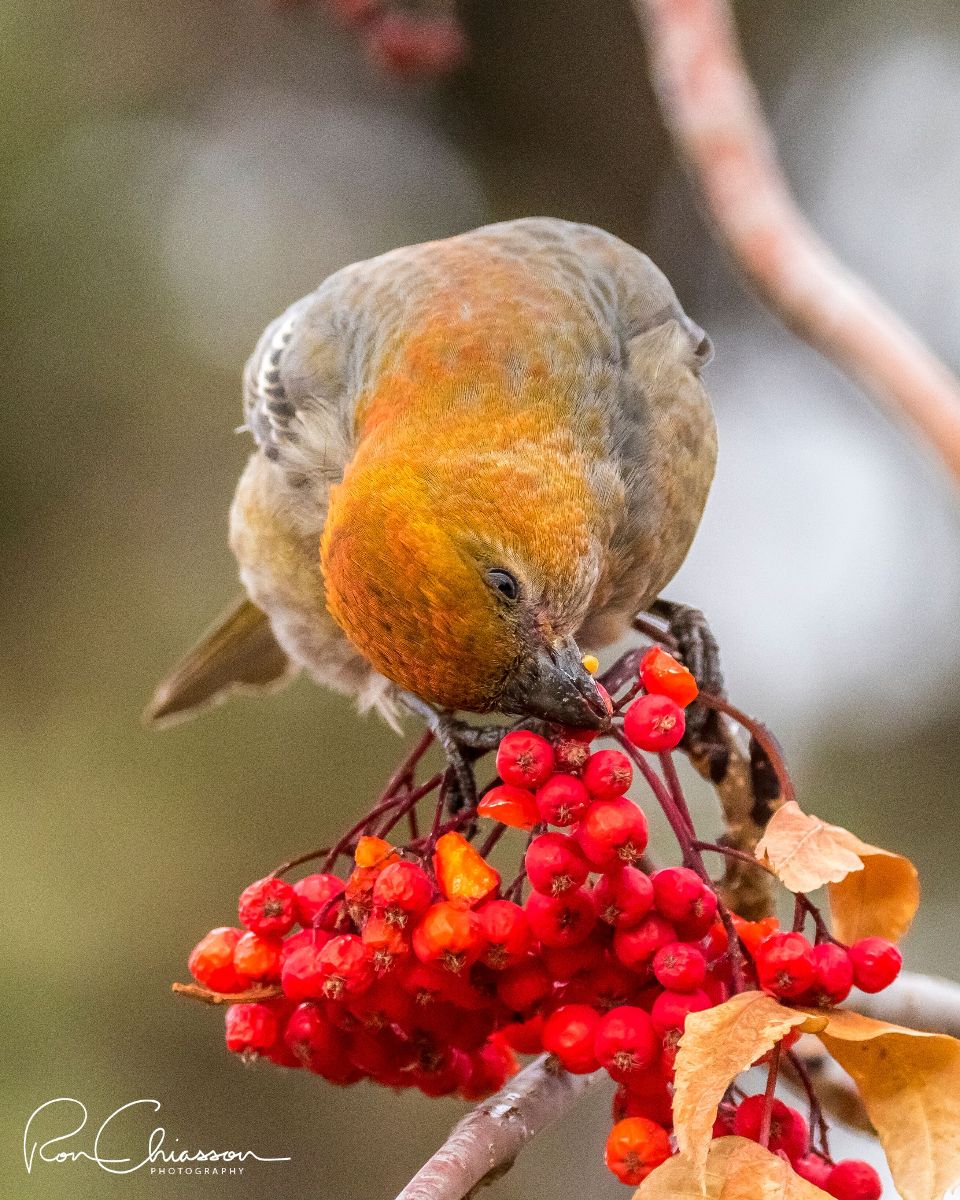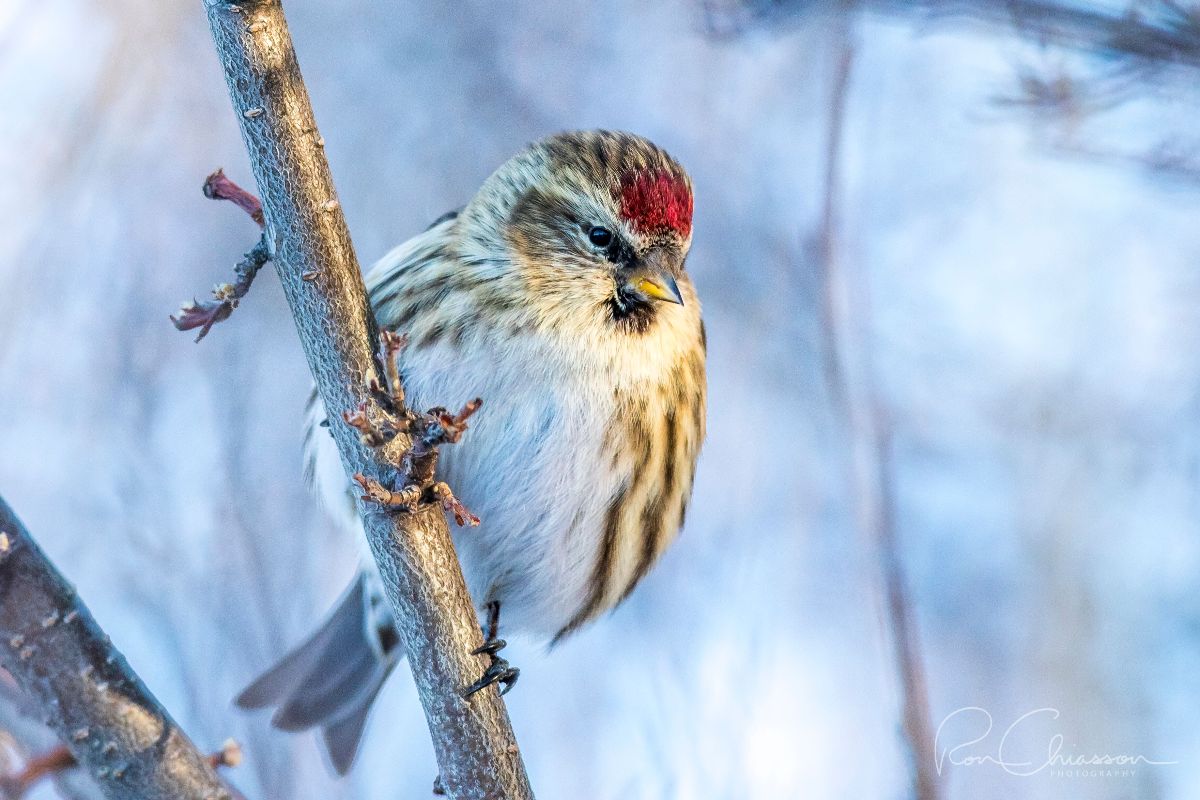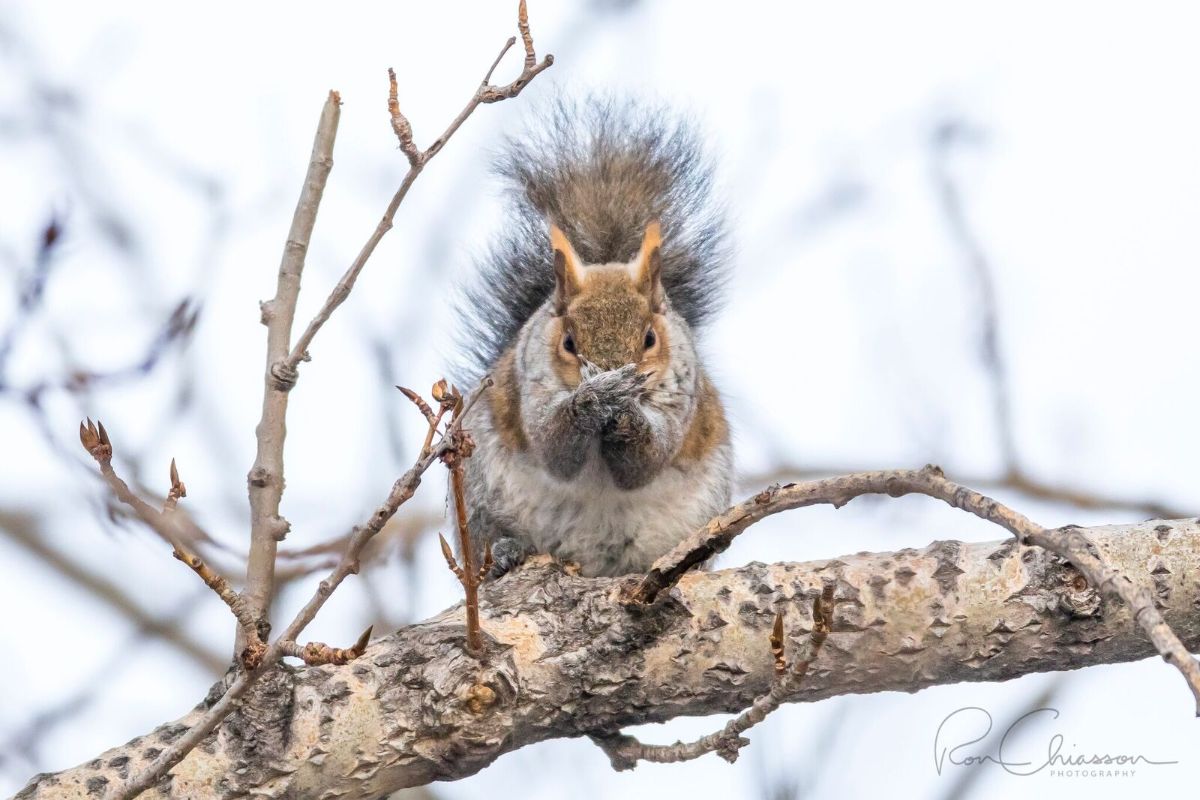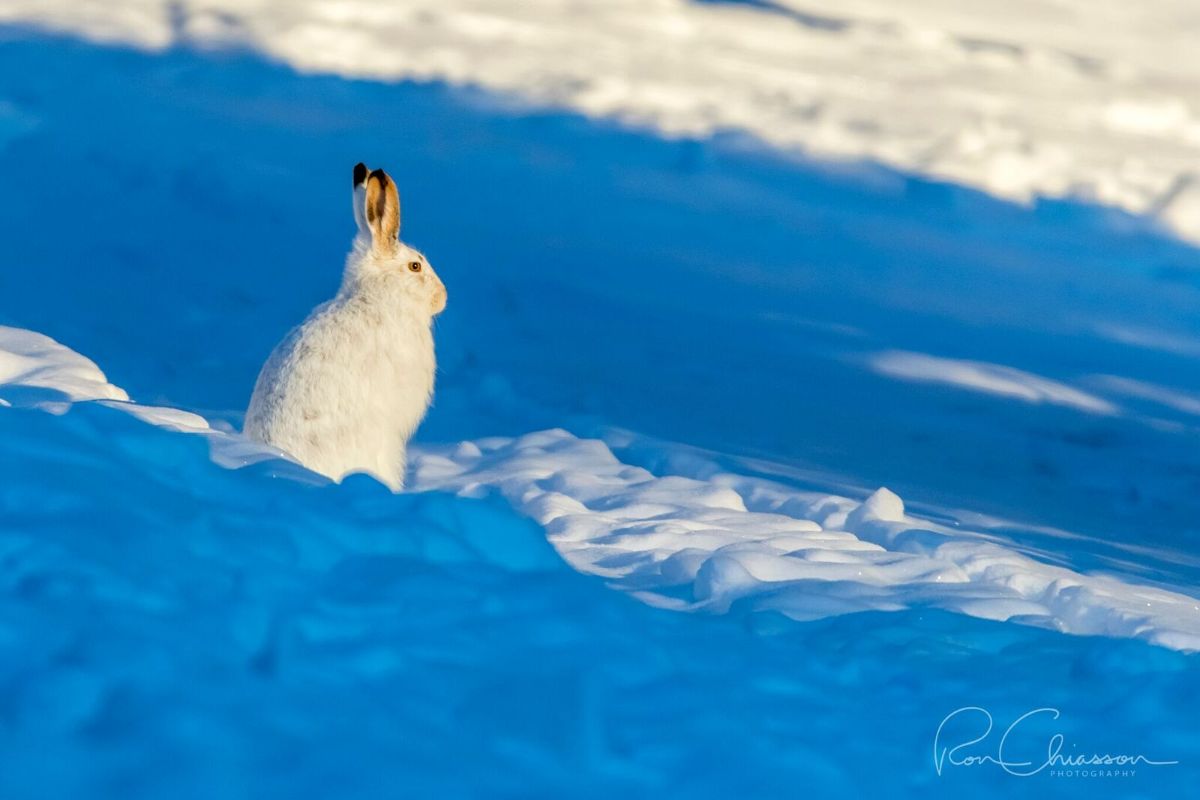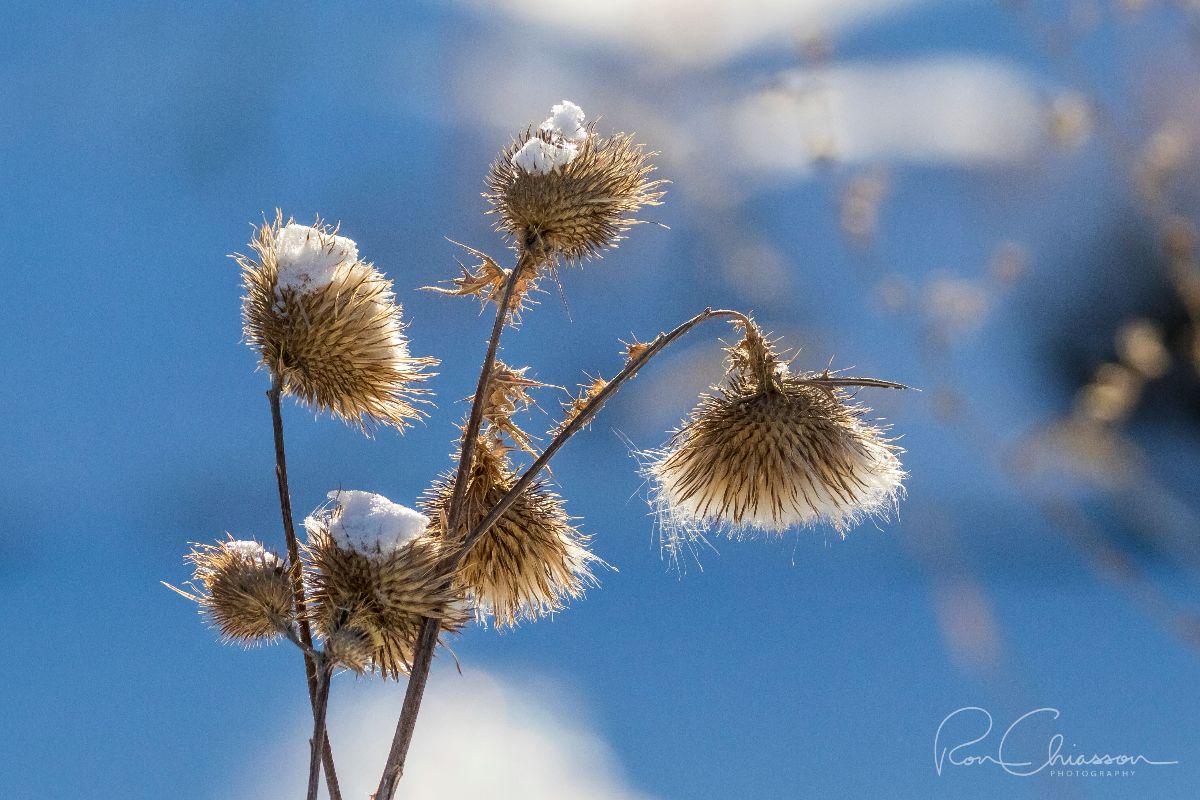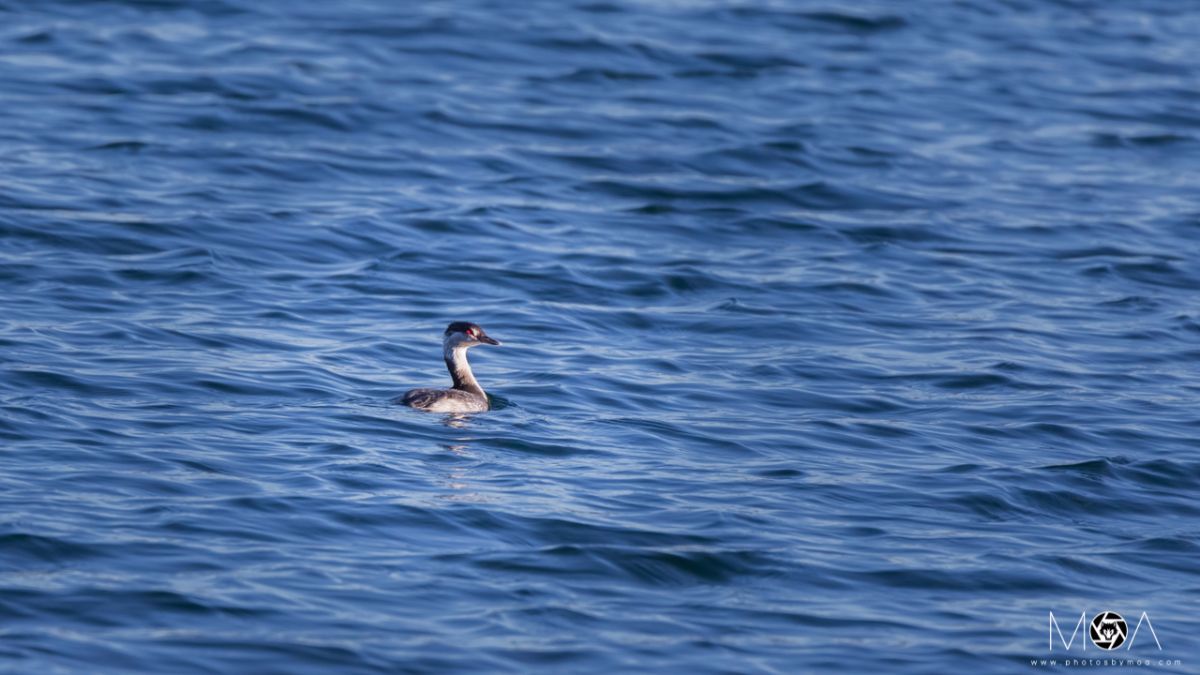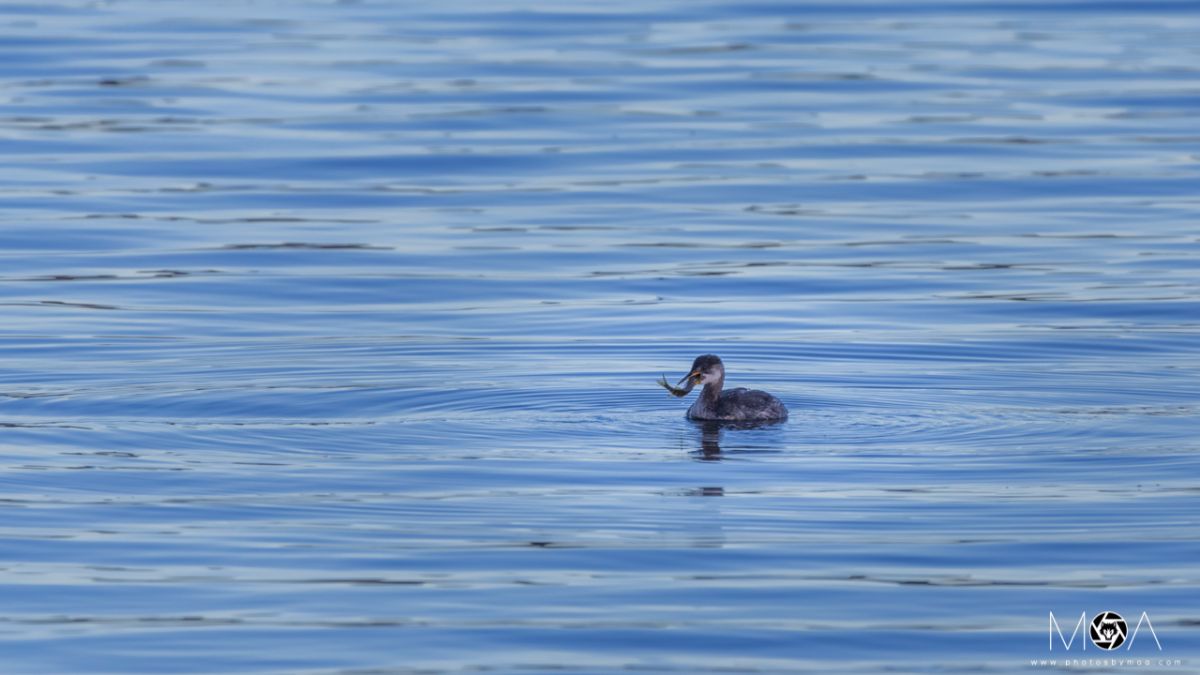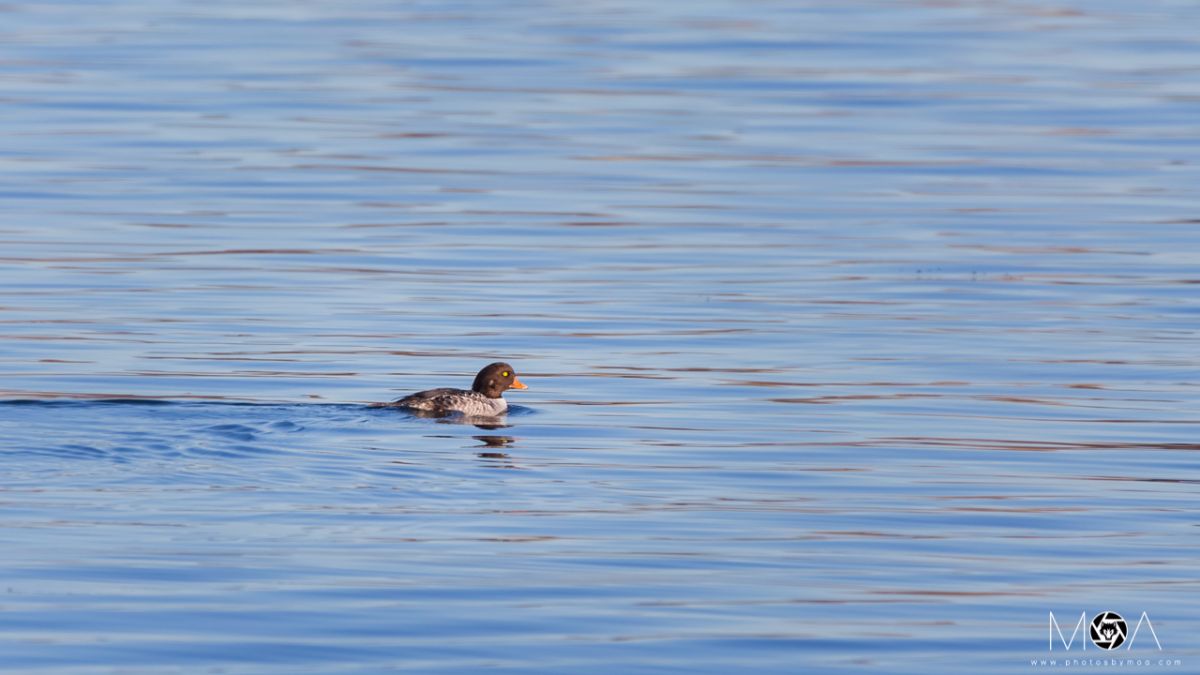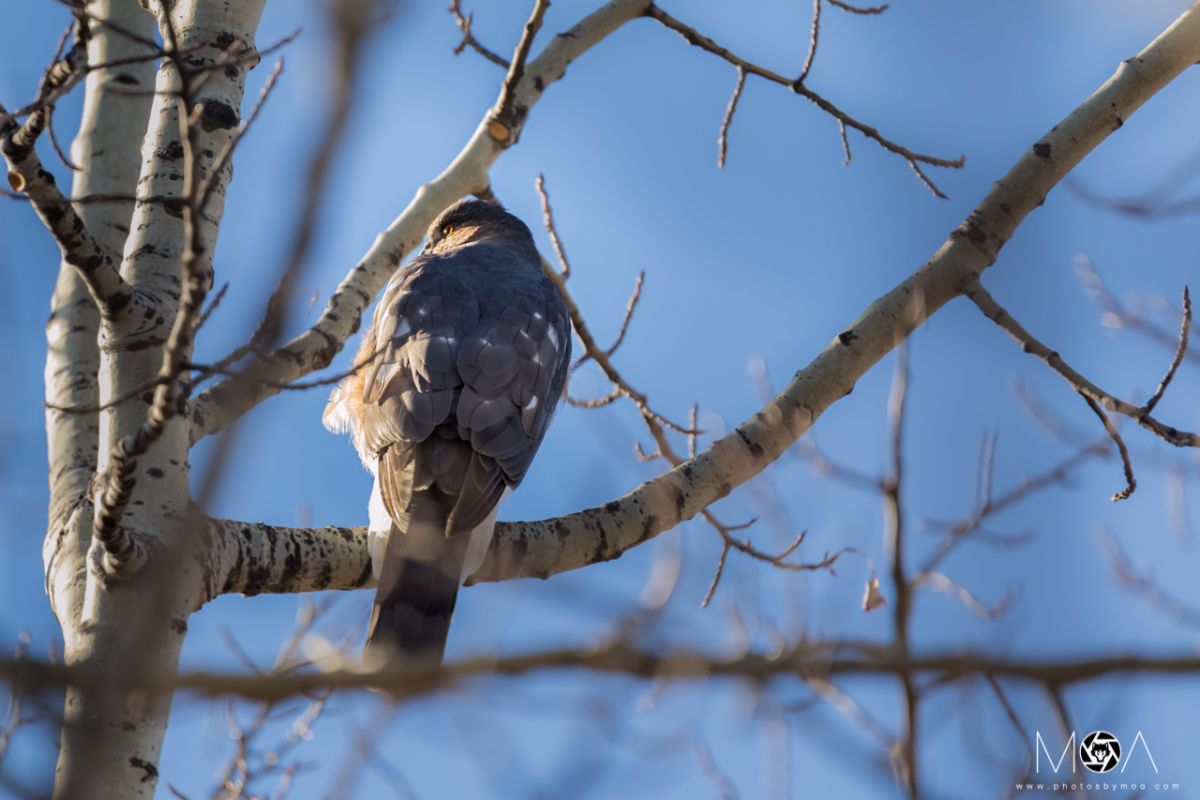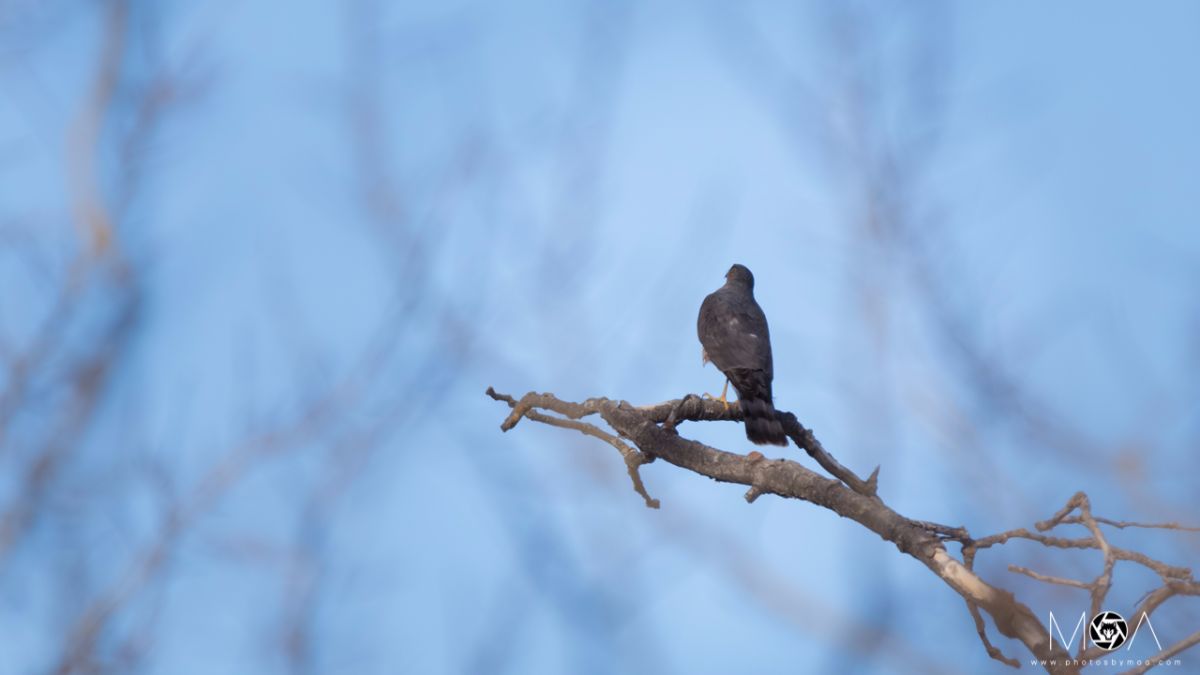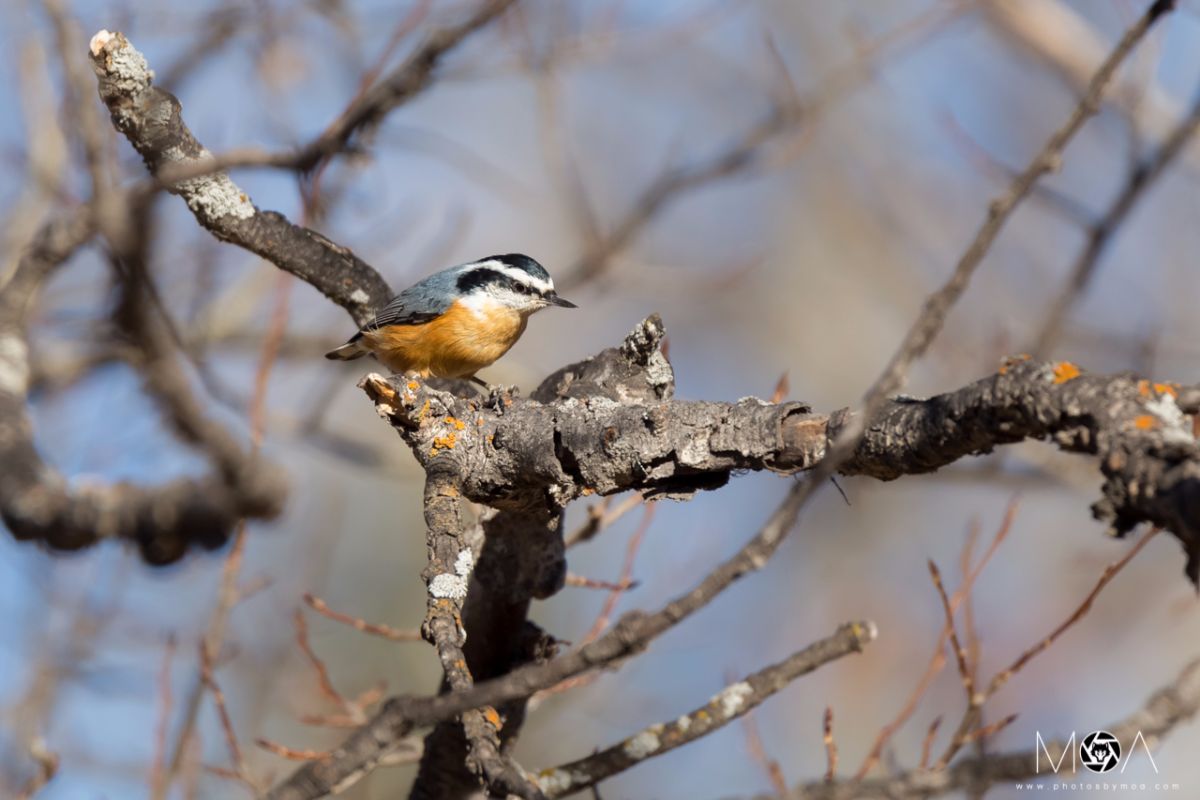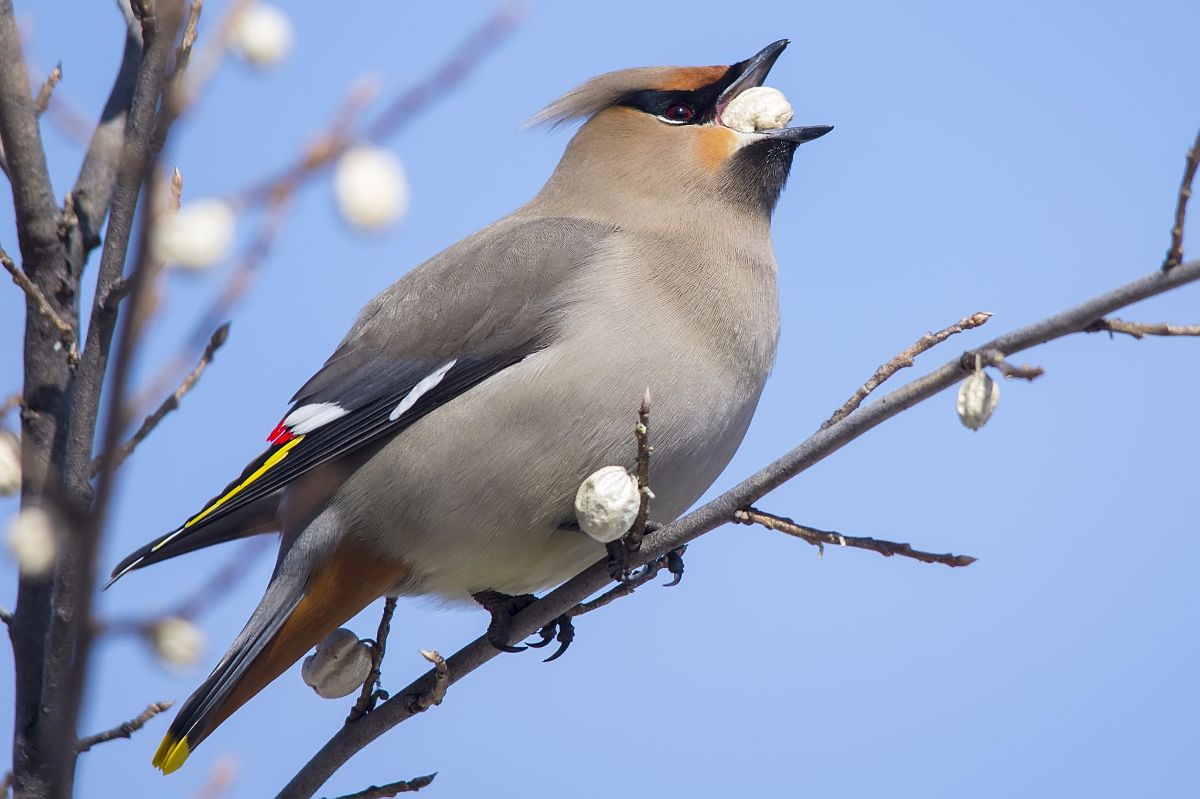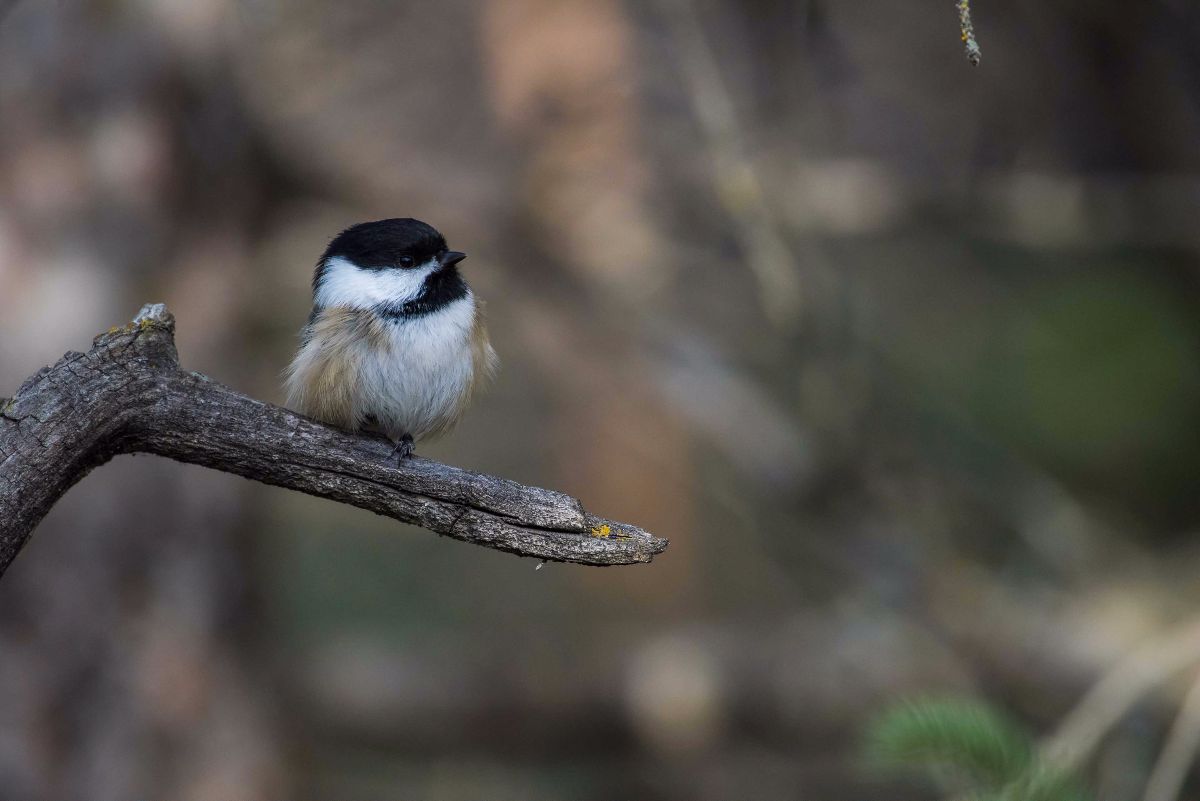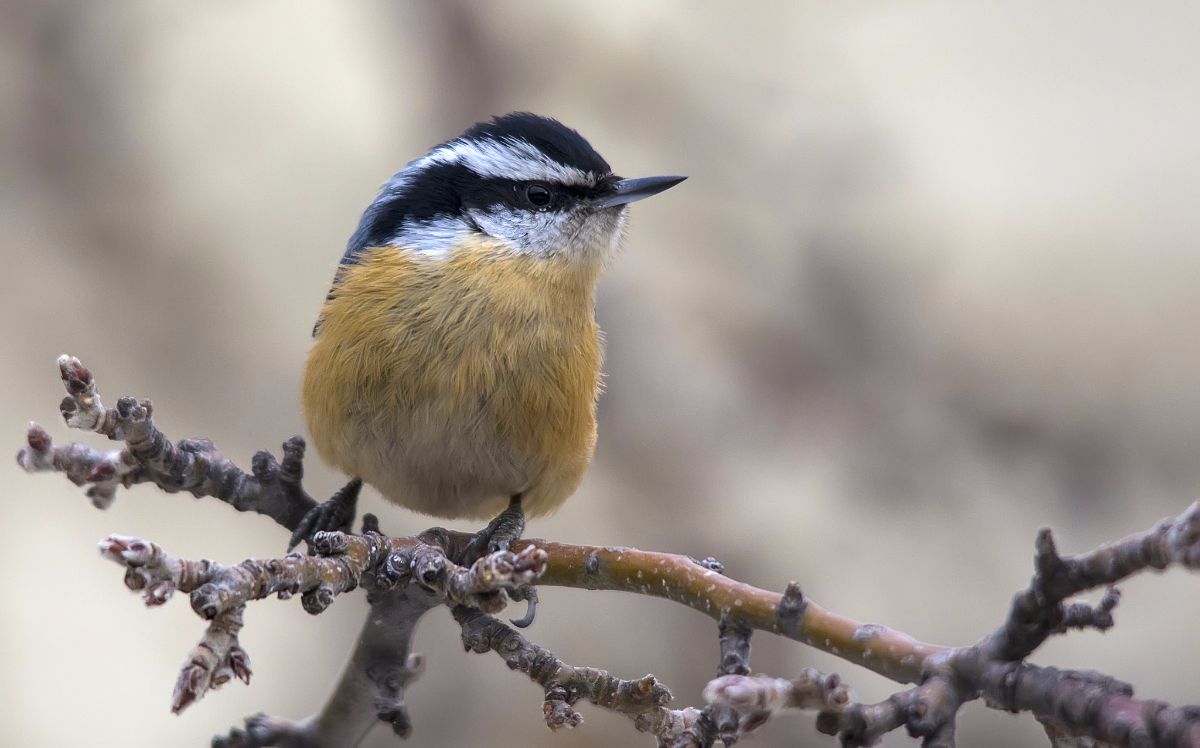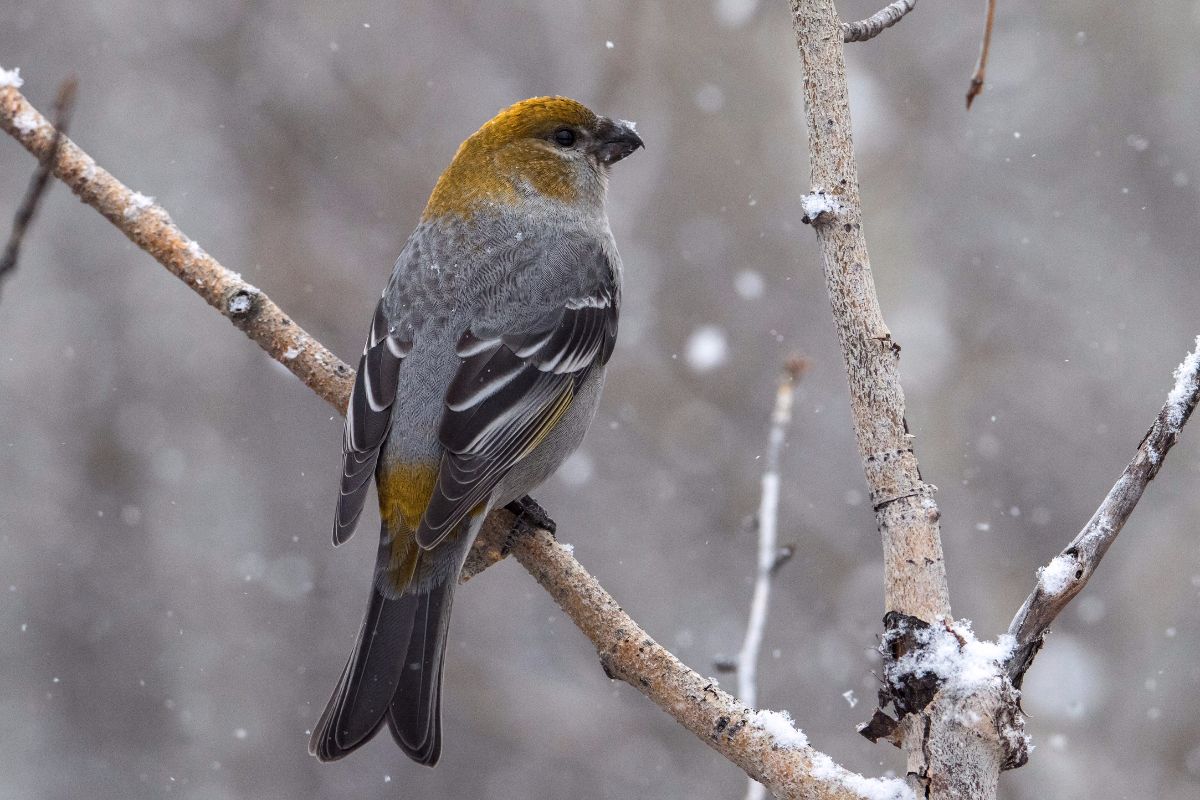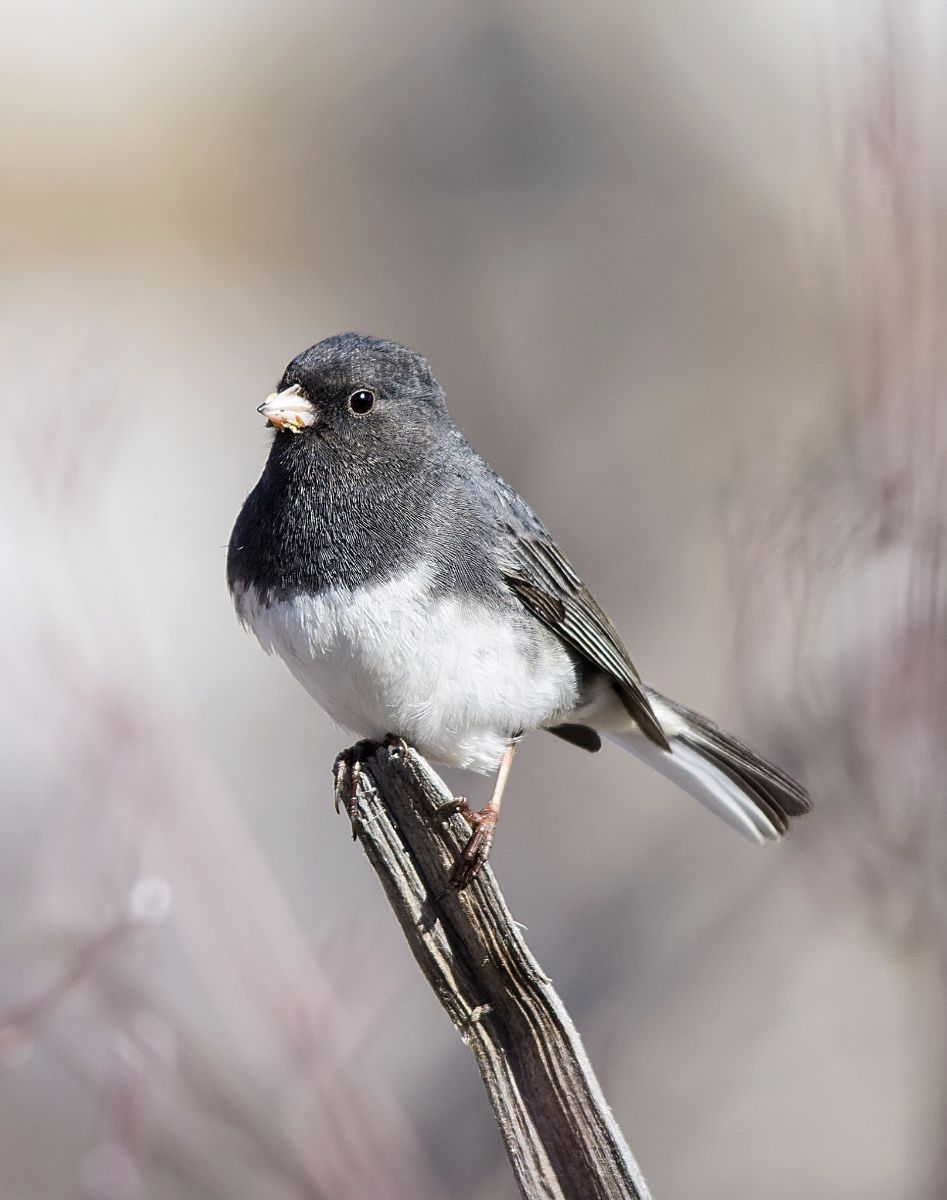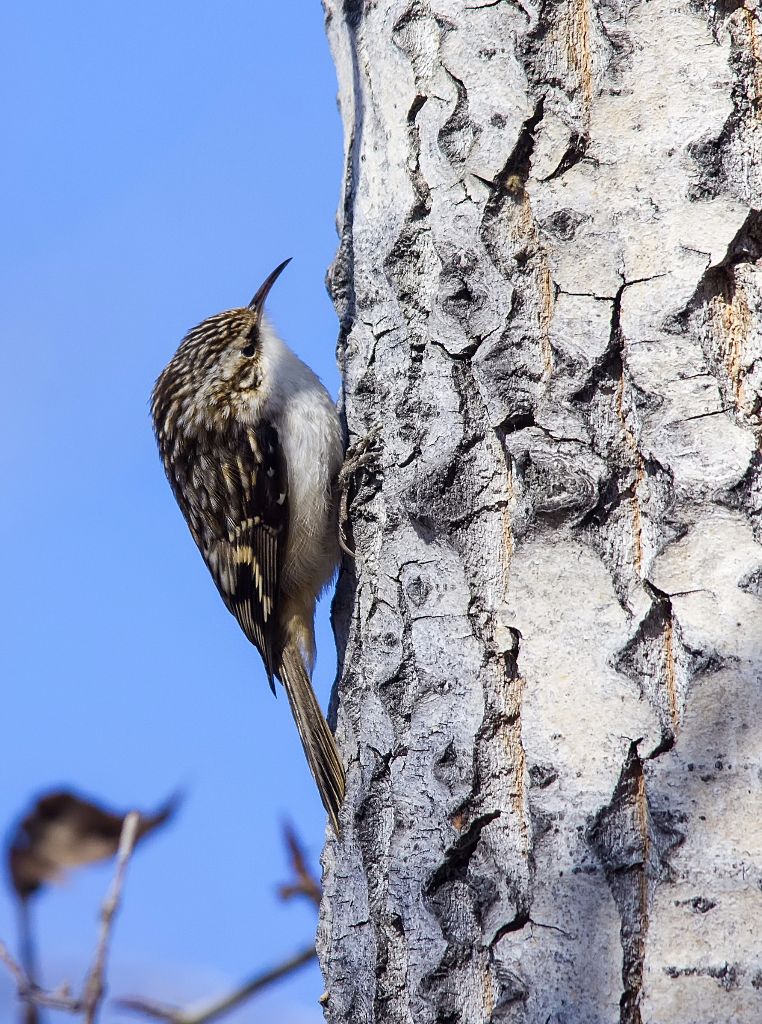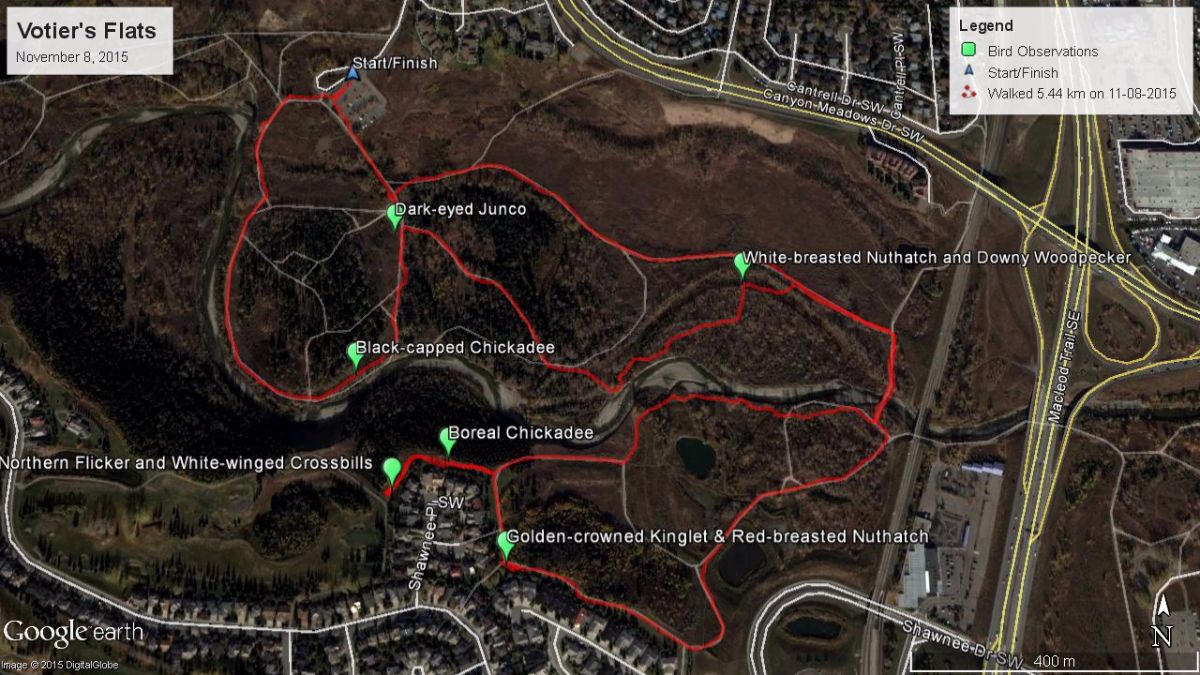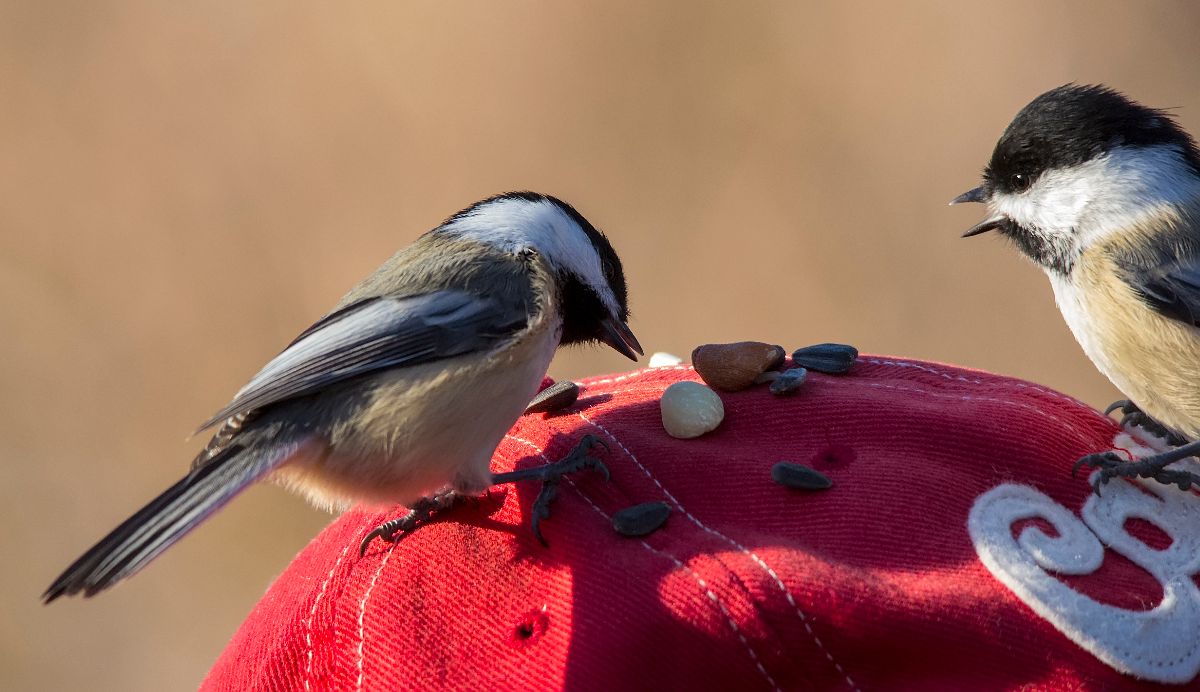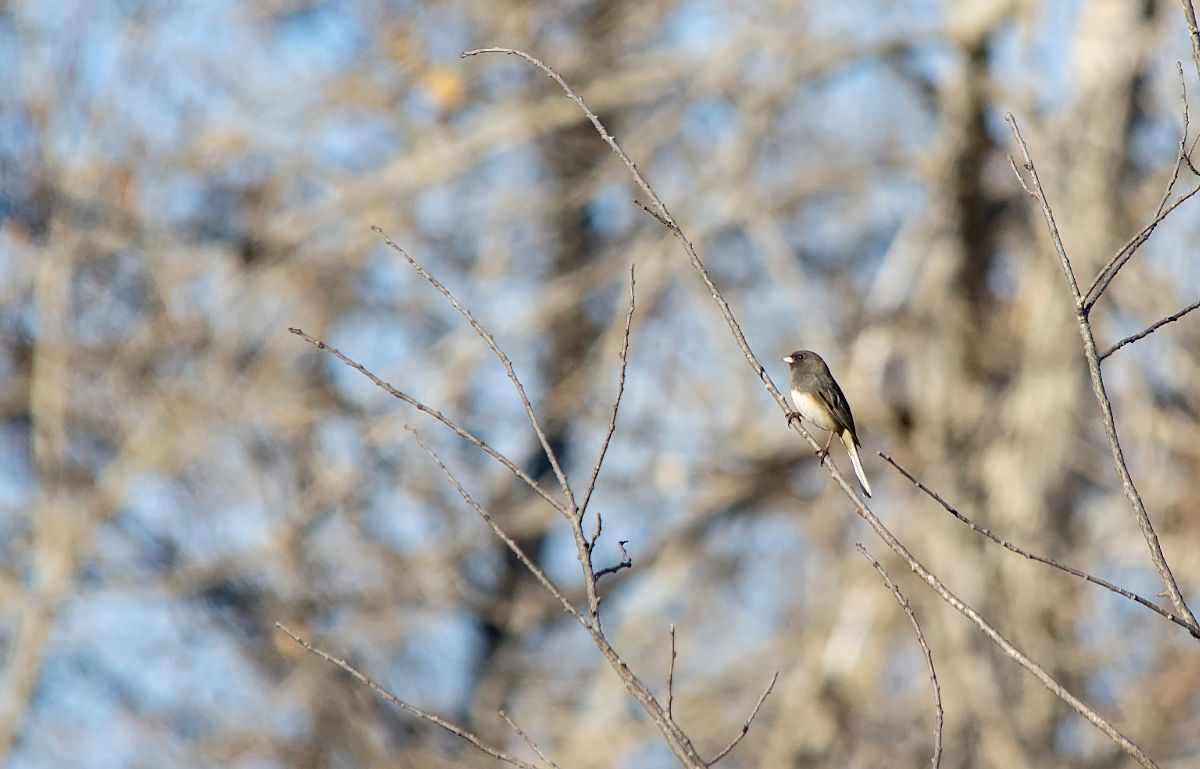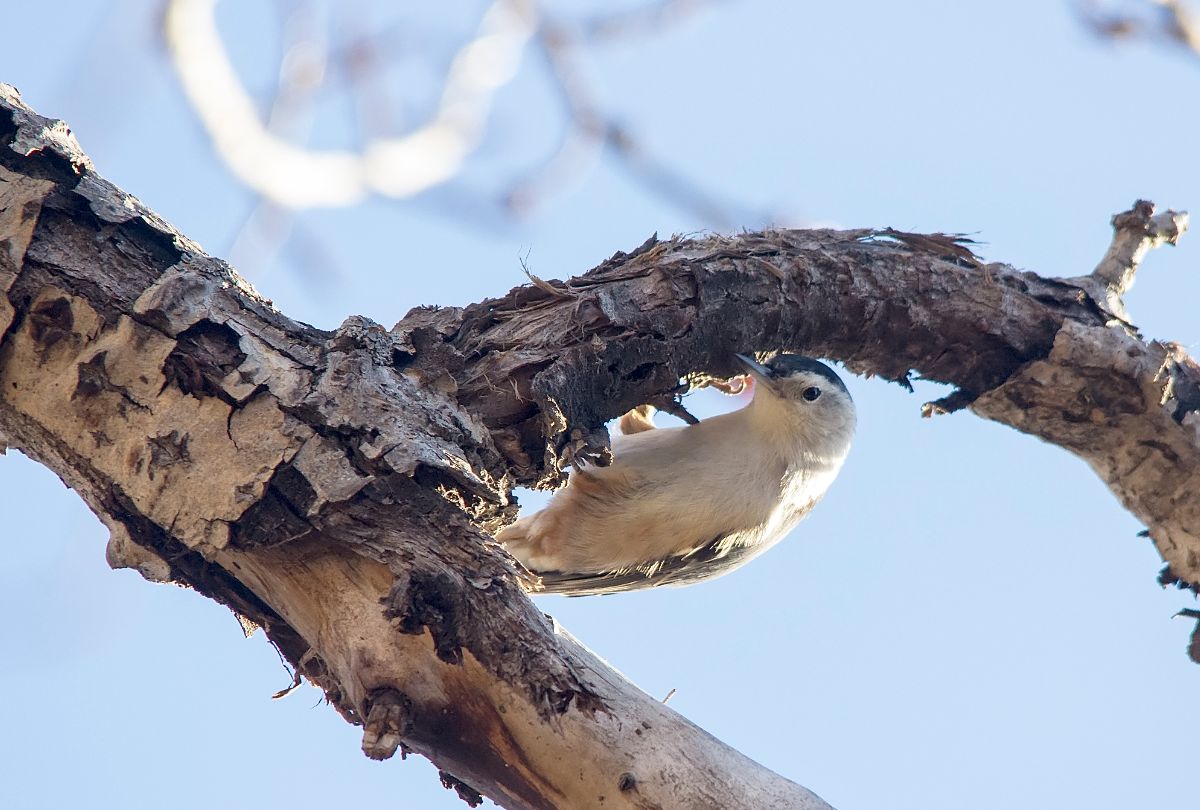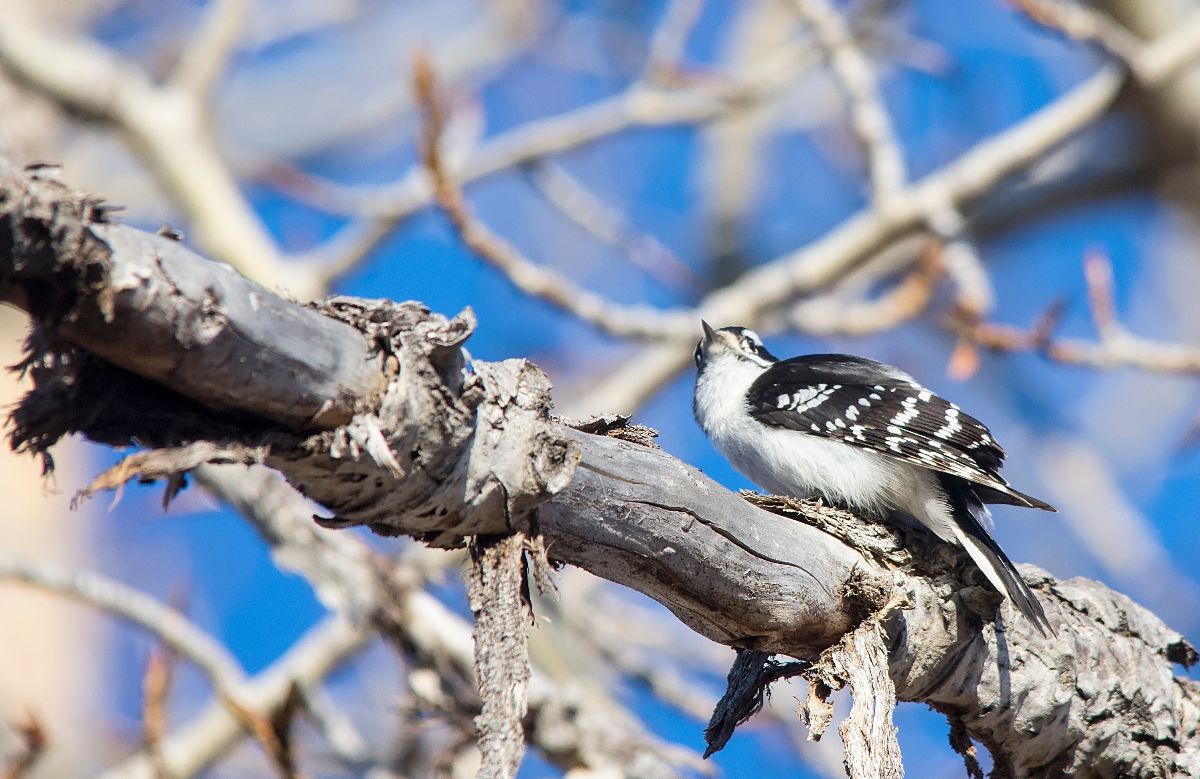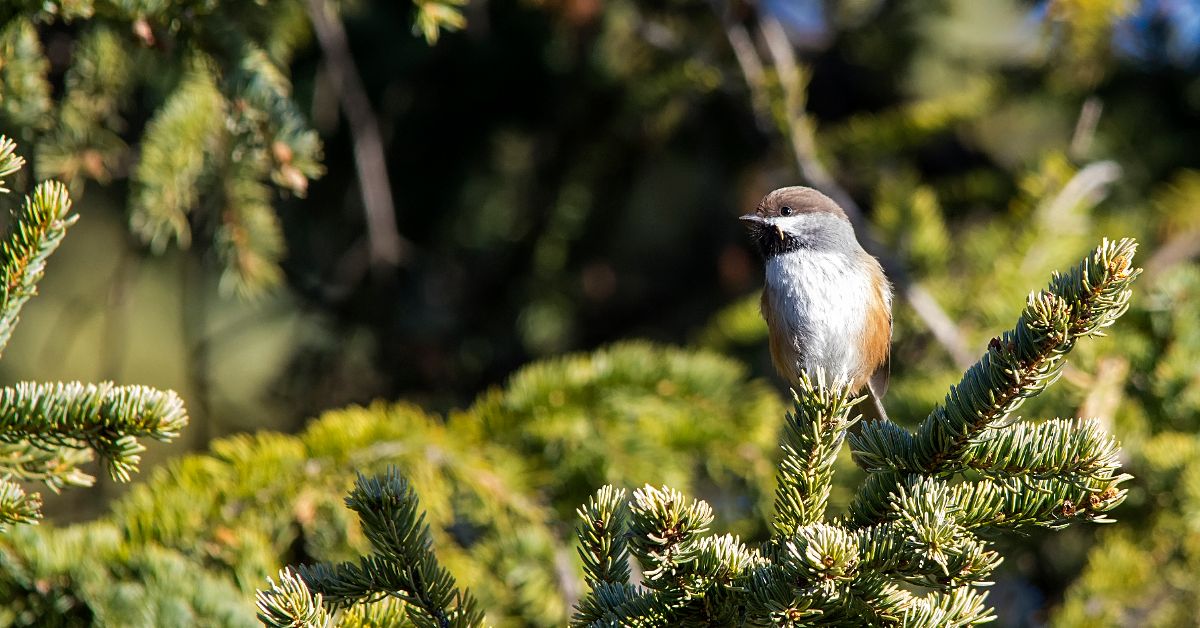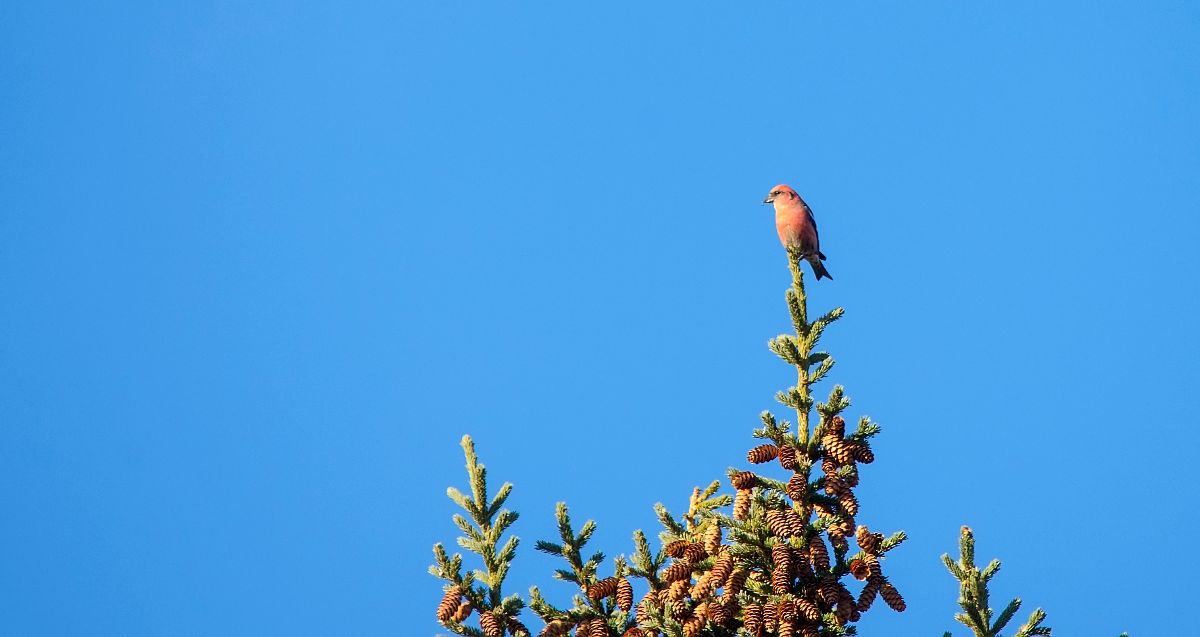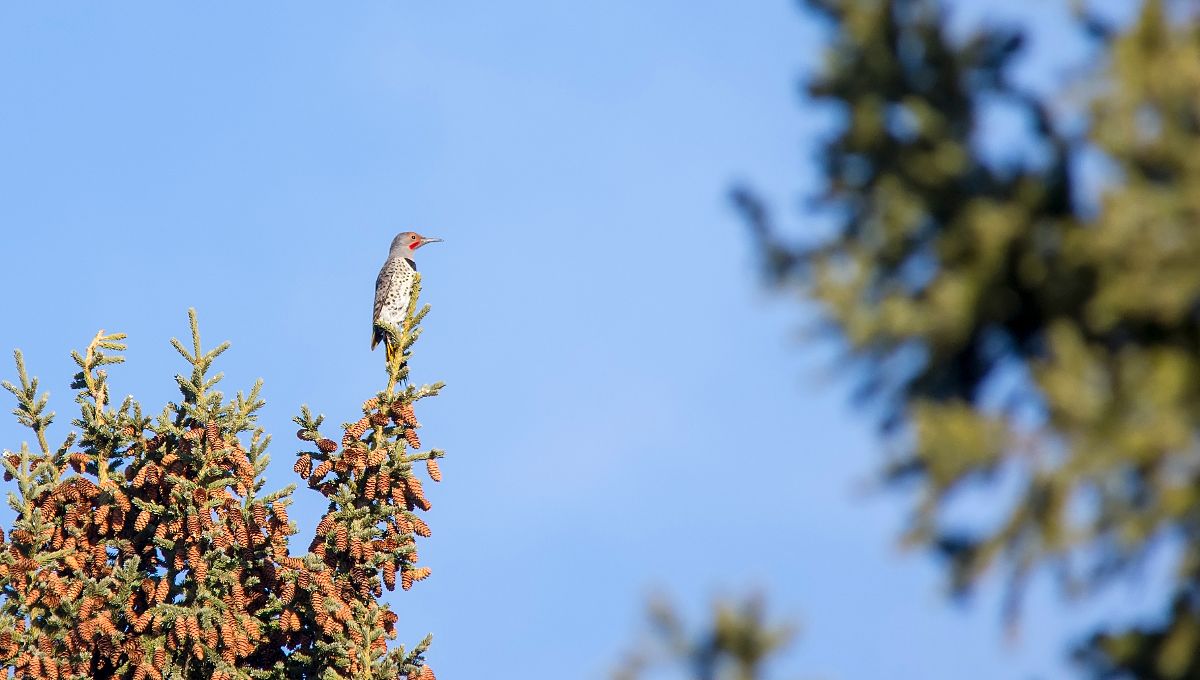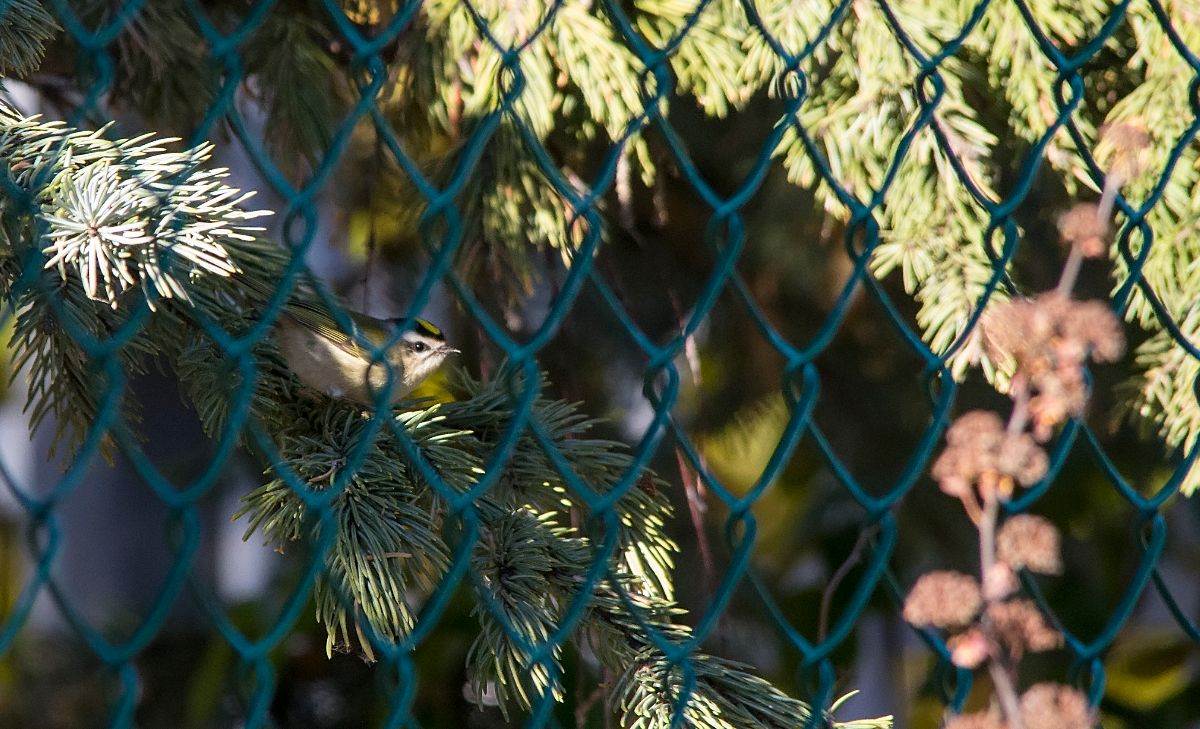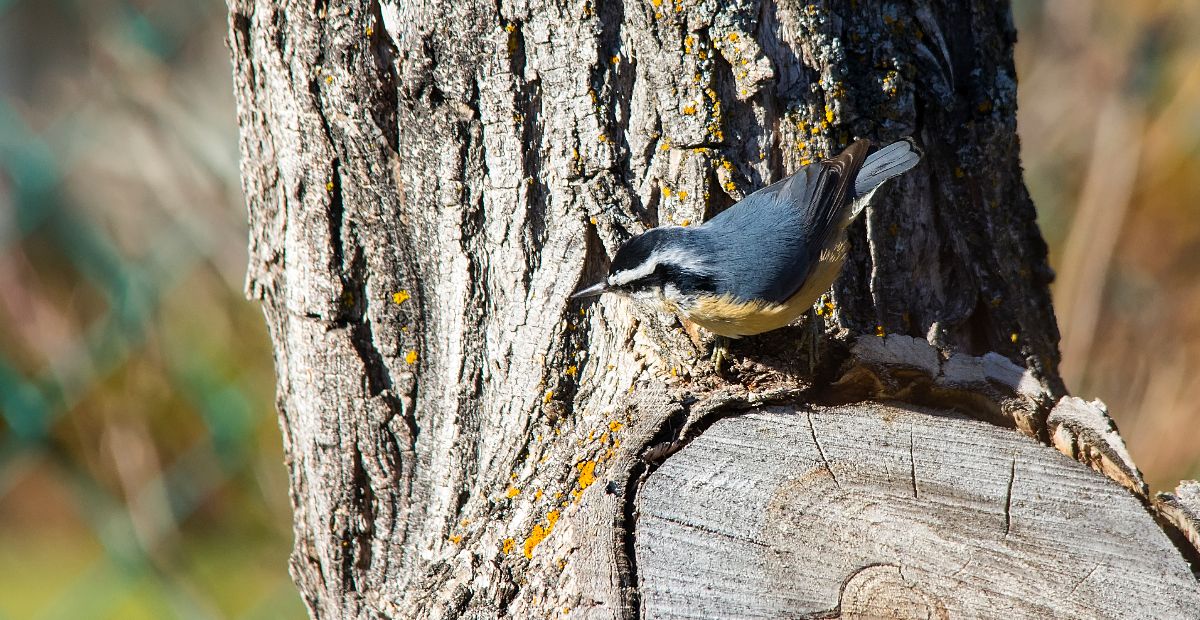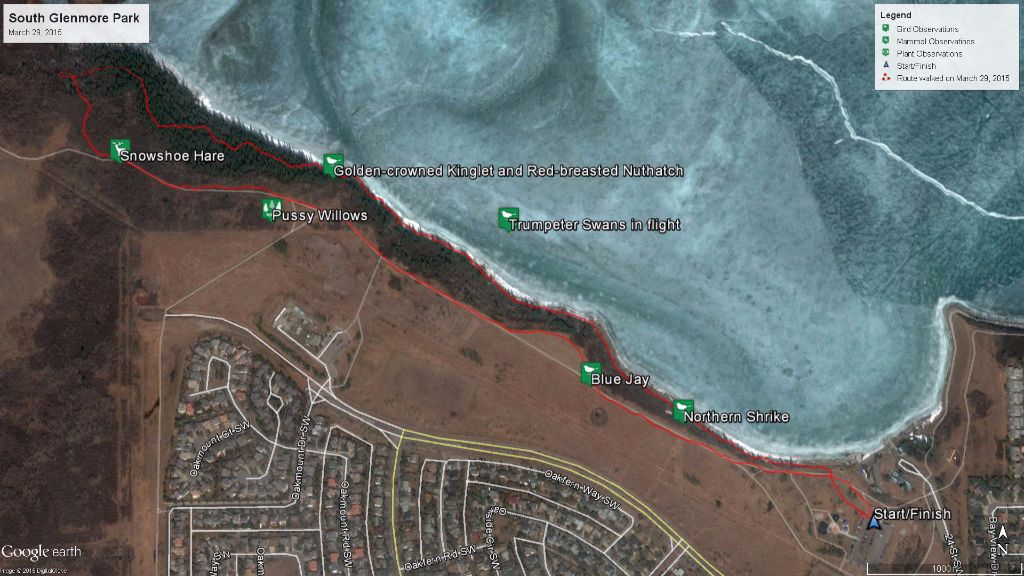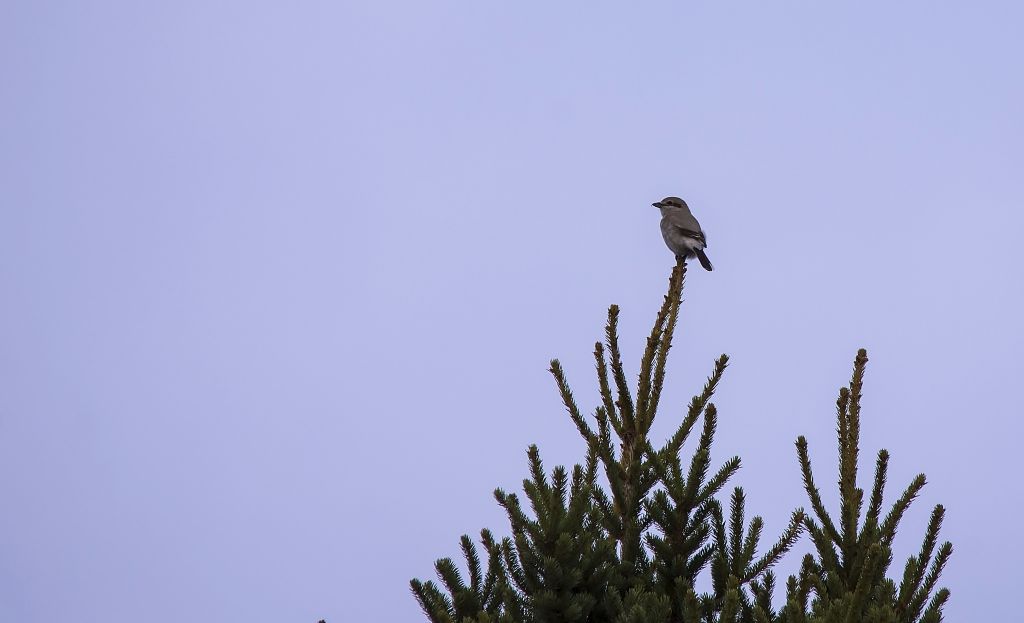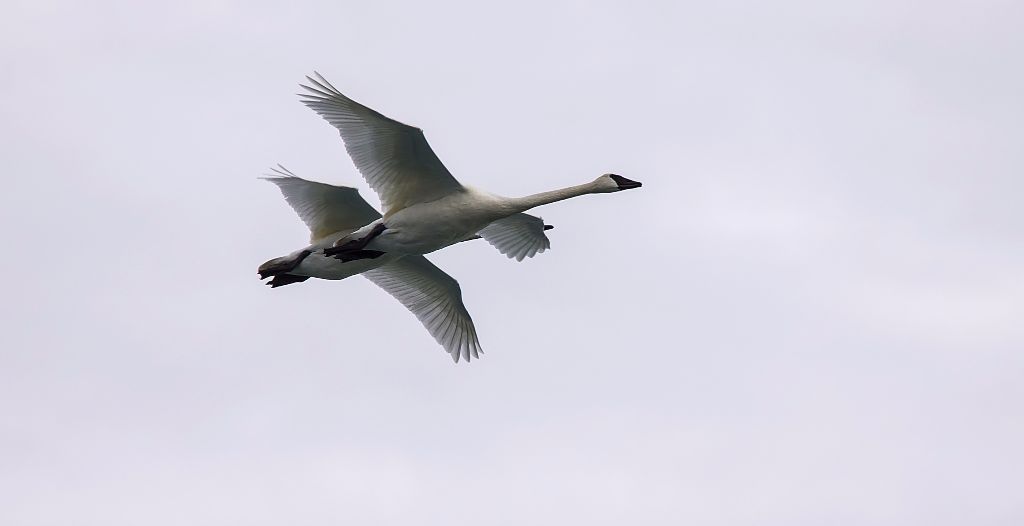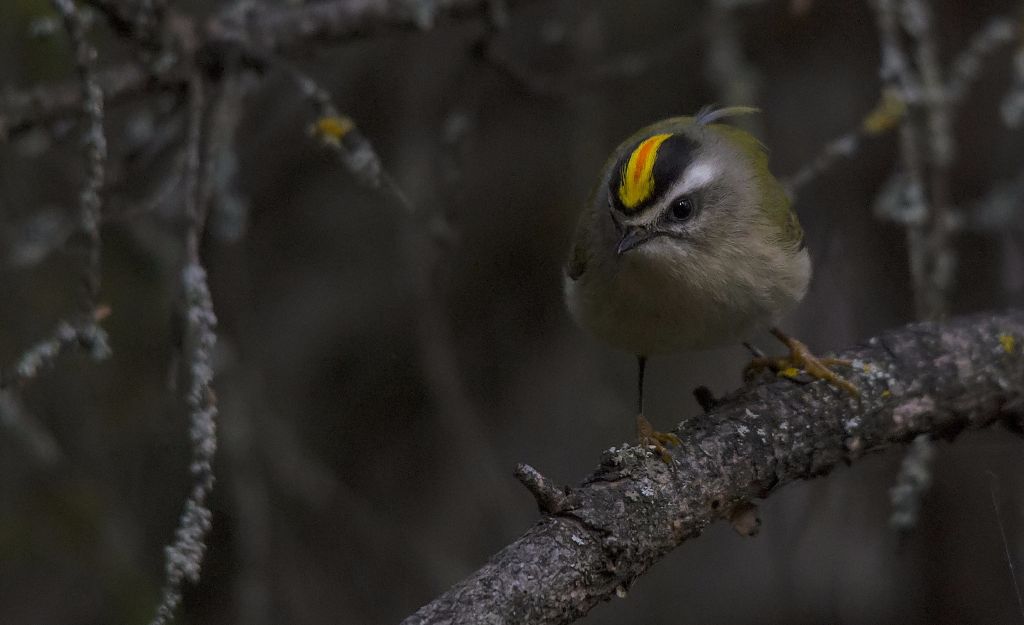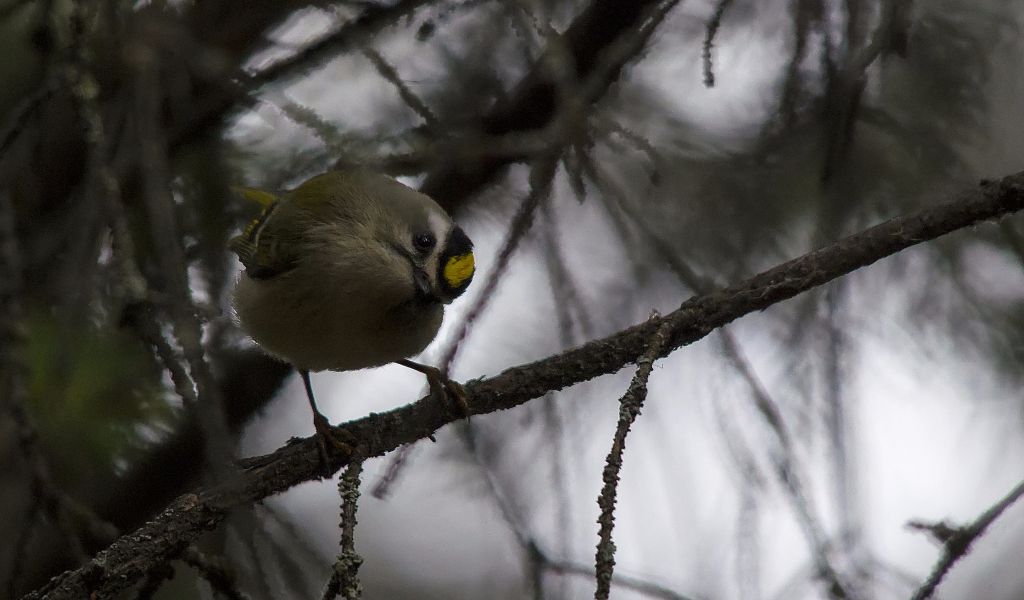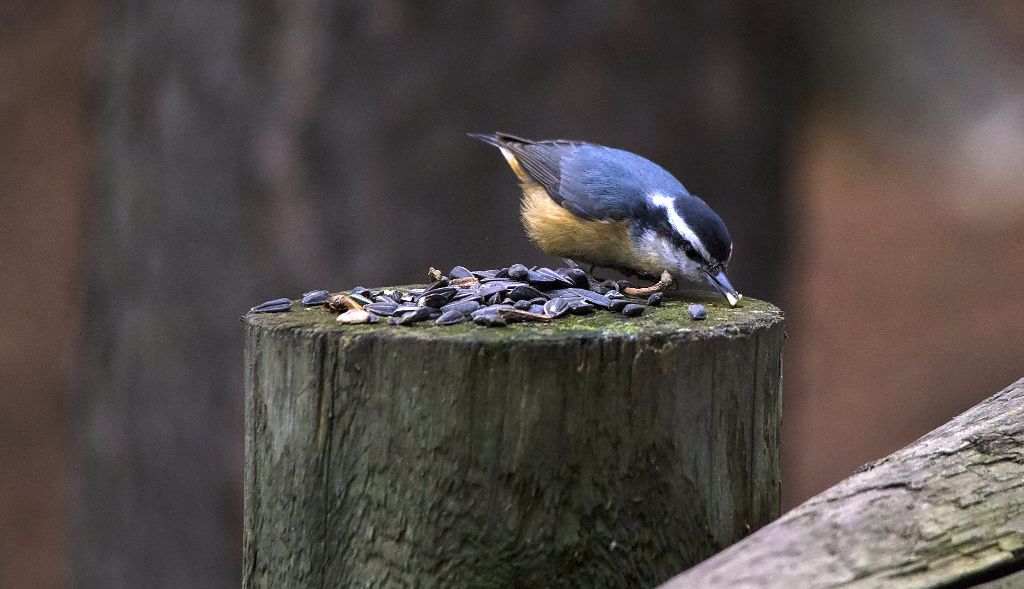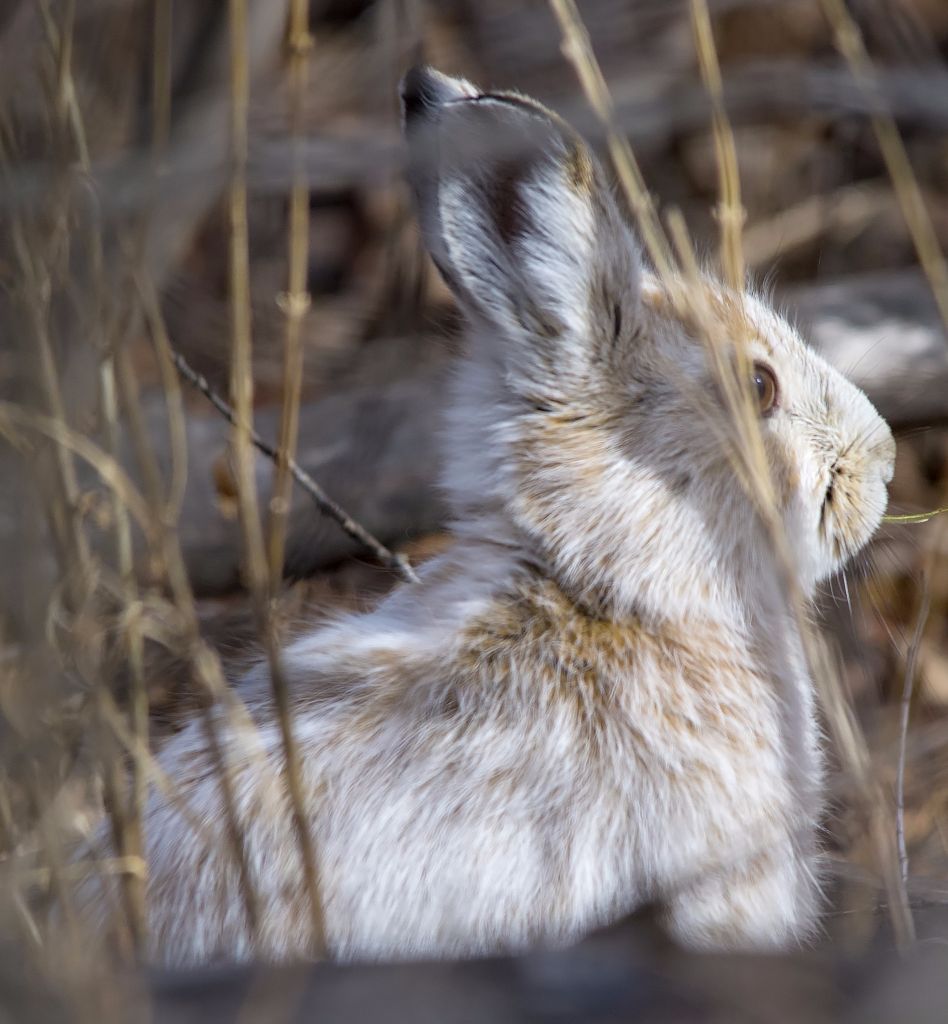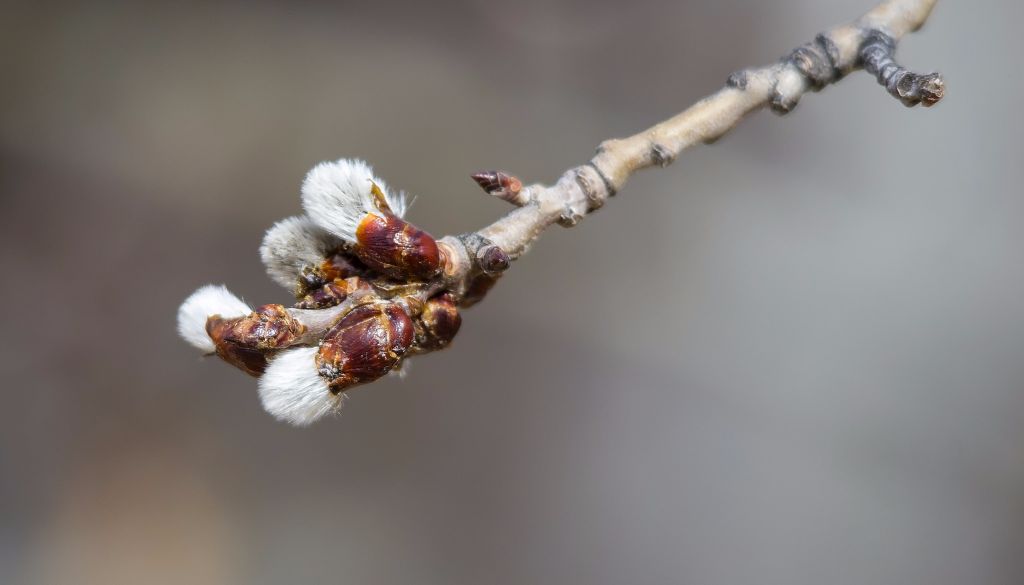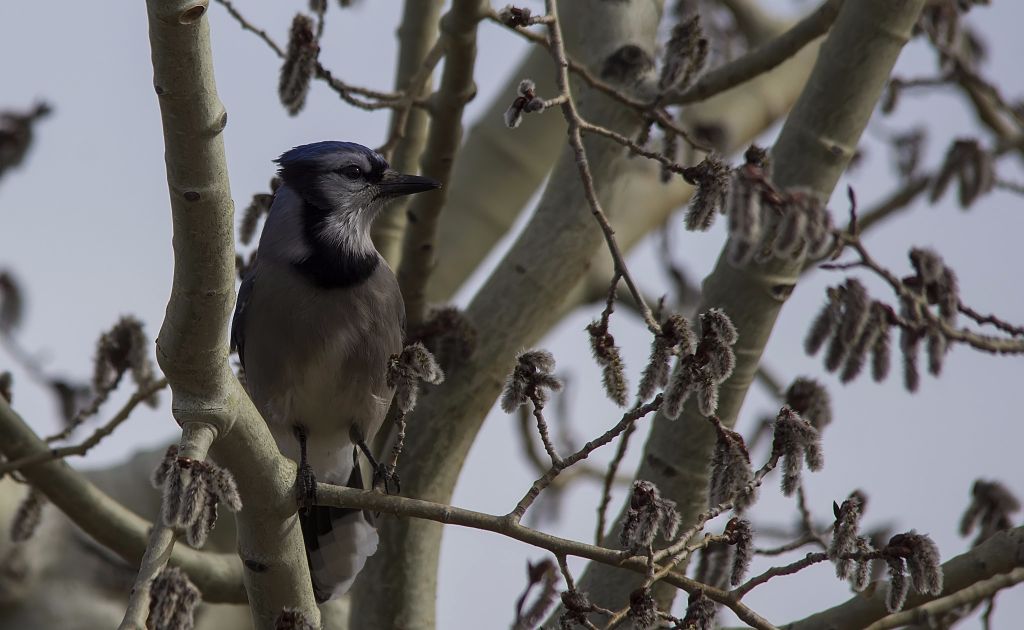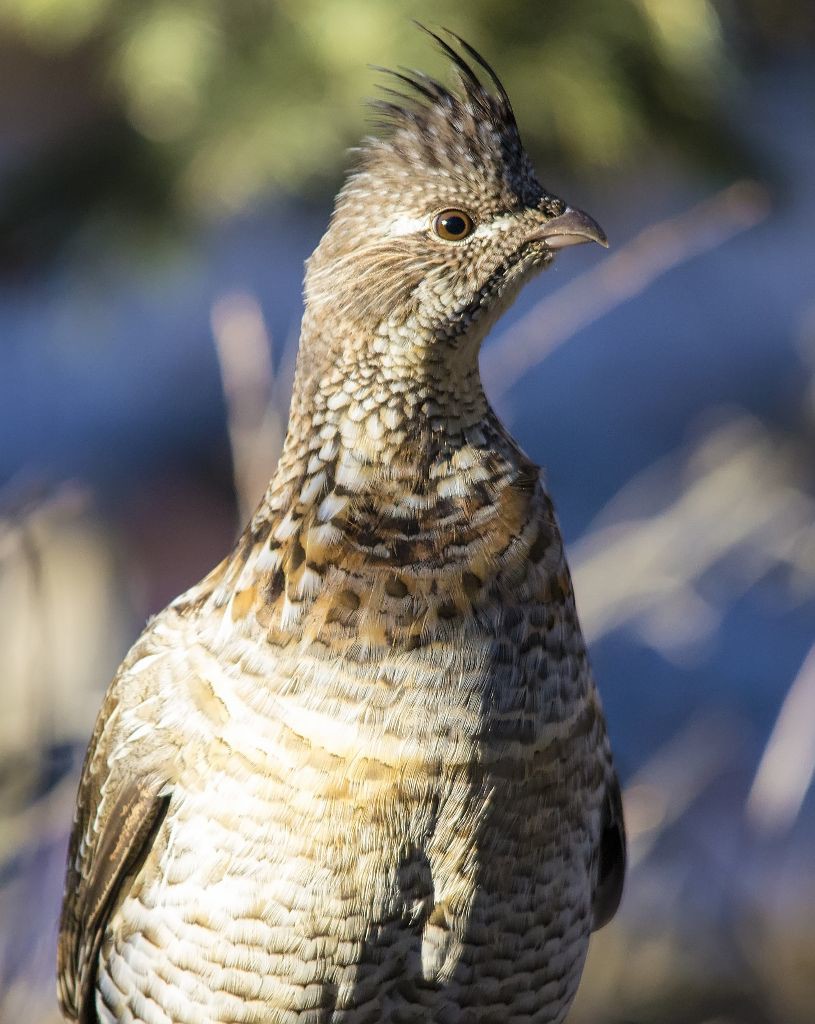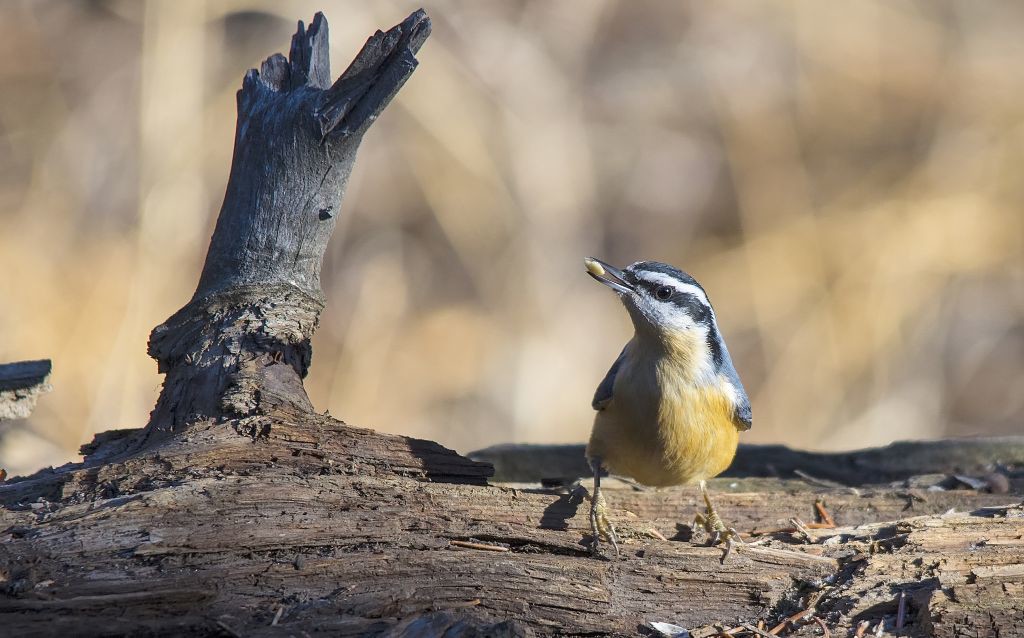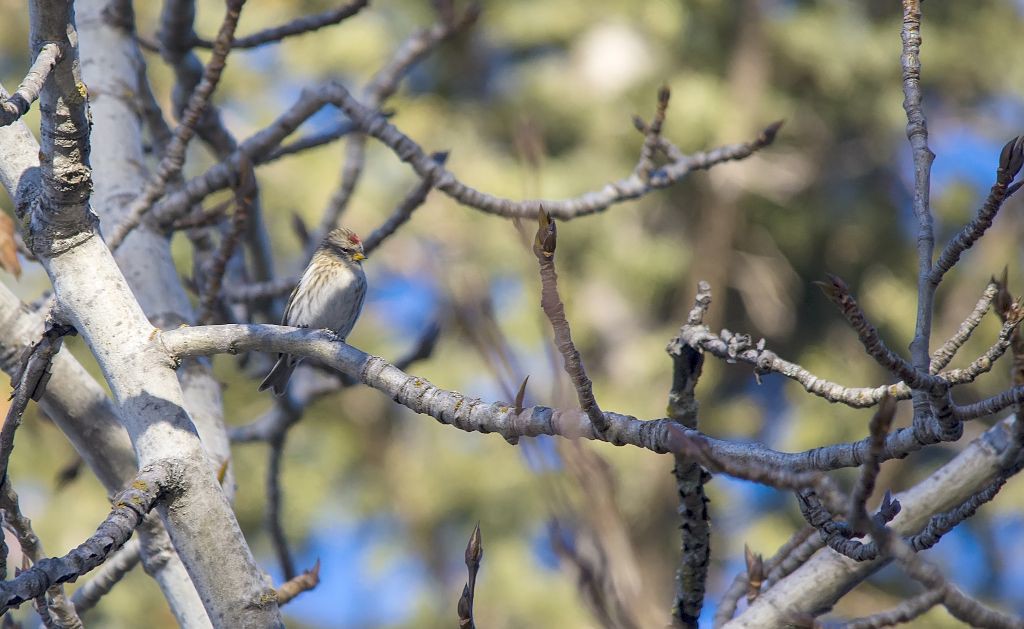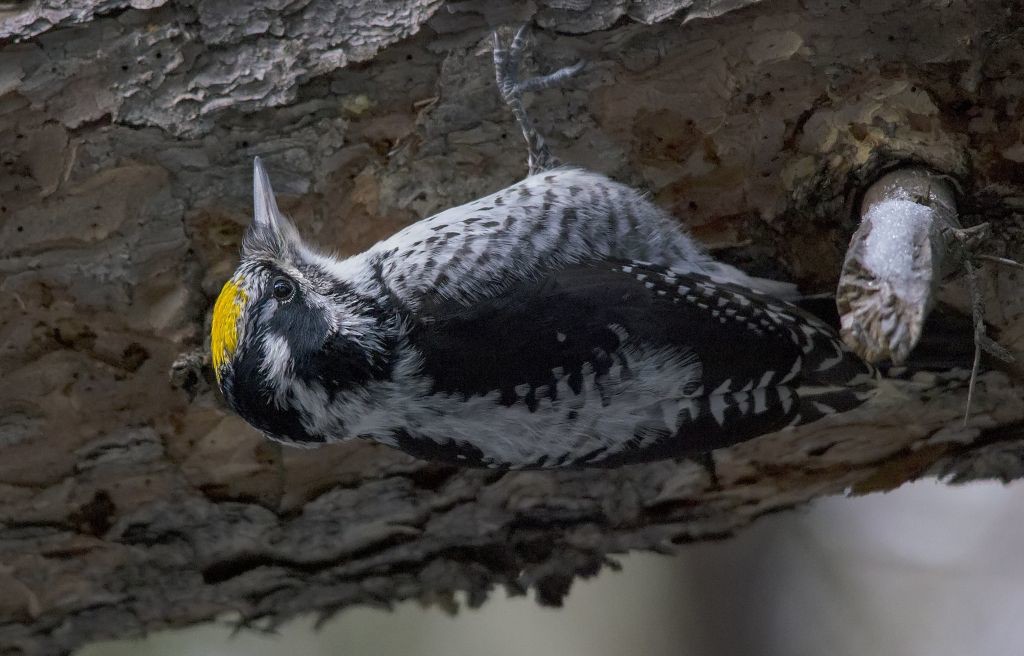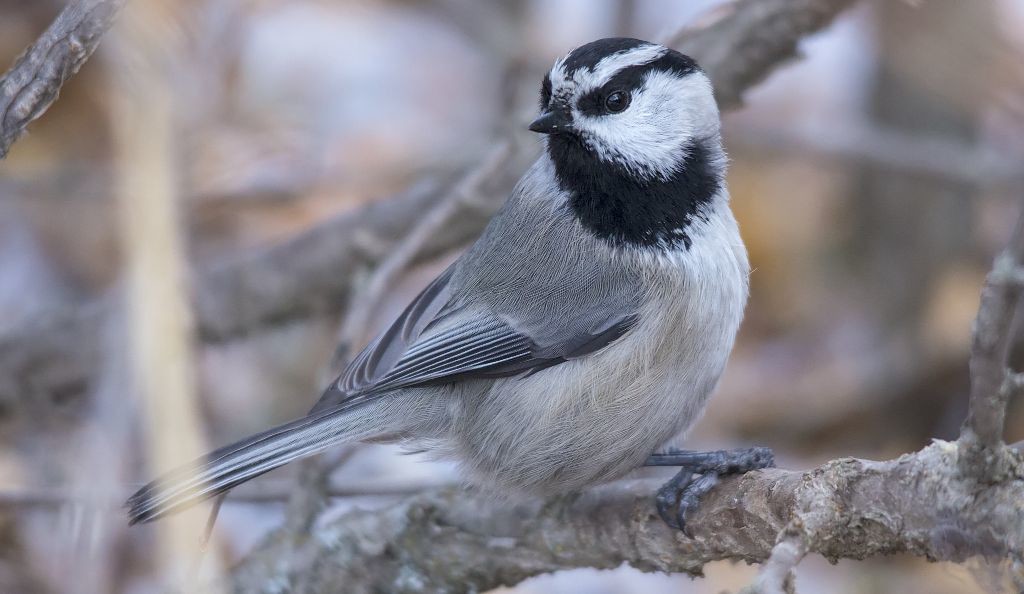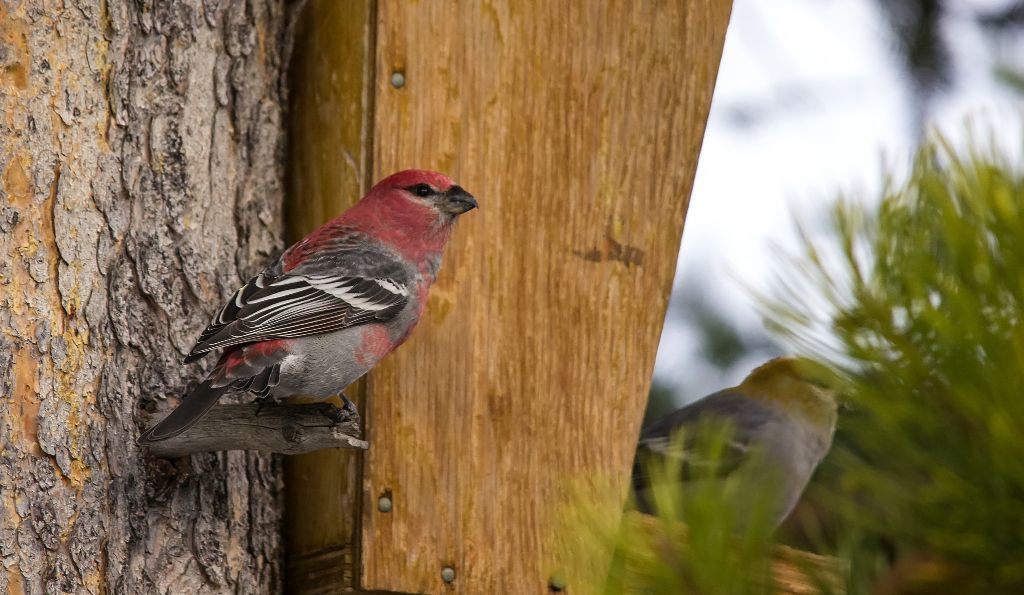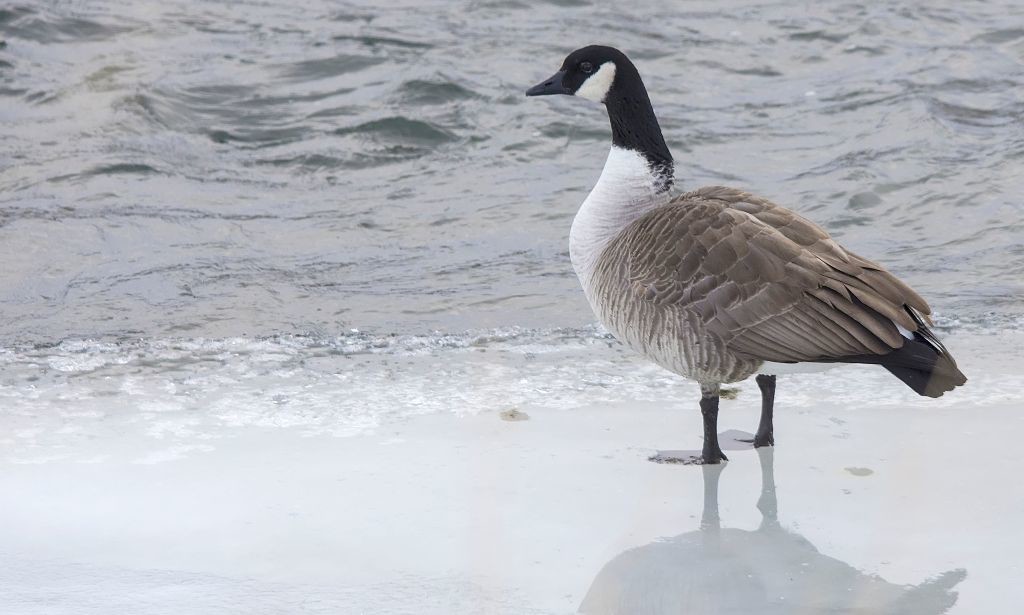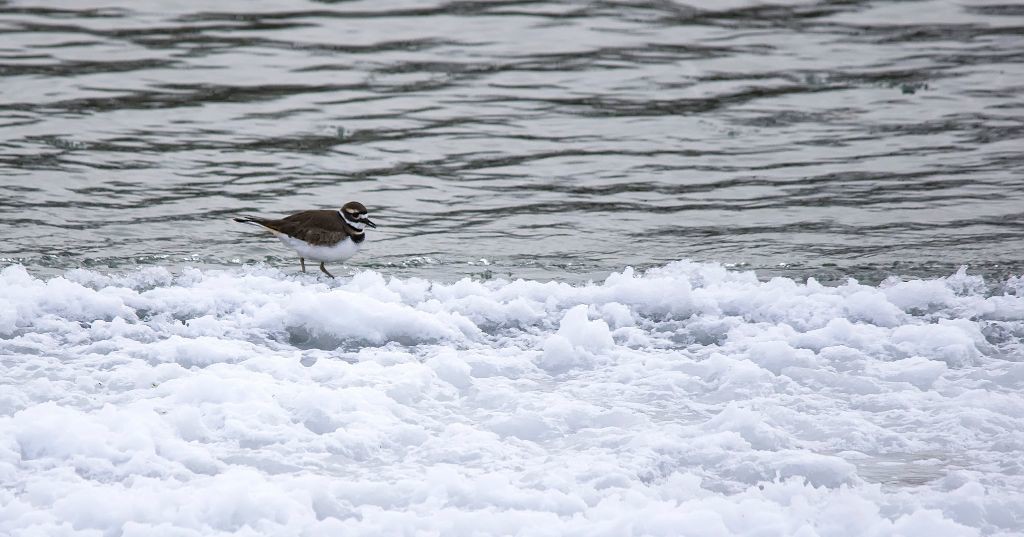Posted by Dan Arndt
With another summer season coming to an end, and many of our fall migrants beginning to trail off, thoughts turn to what the winter may bring to us in southern Alberta.
You can find the original article here: Ron Pittaway’s Winter Finch Forecast 2016-2017. If you’ve read it already, you might notice there’s a fairly strong emphasis on eastern Canada and the U.S., and some mentions of “Western Canada”. Without further ado, here’s a species by species breakdown of what I think we’re likely to expect here in the Calgary region.
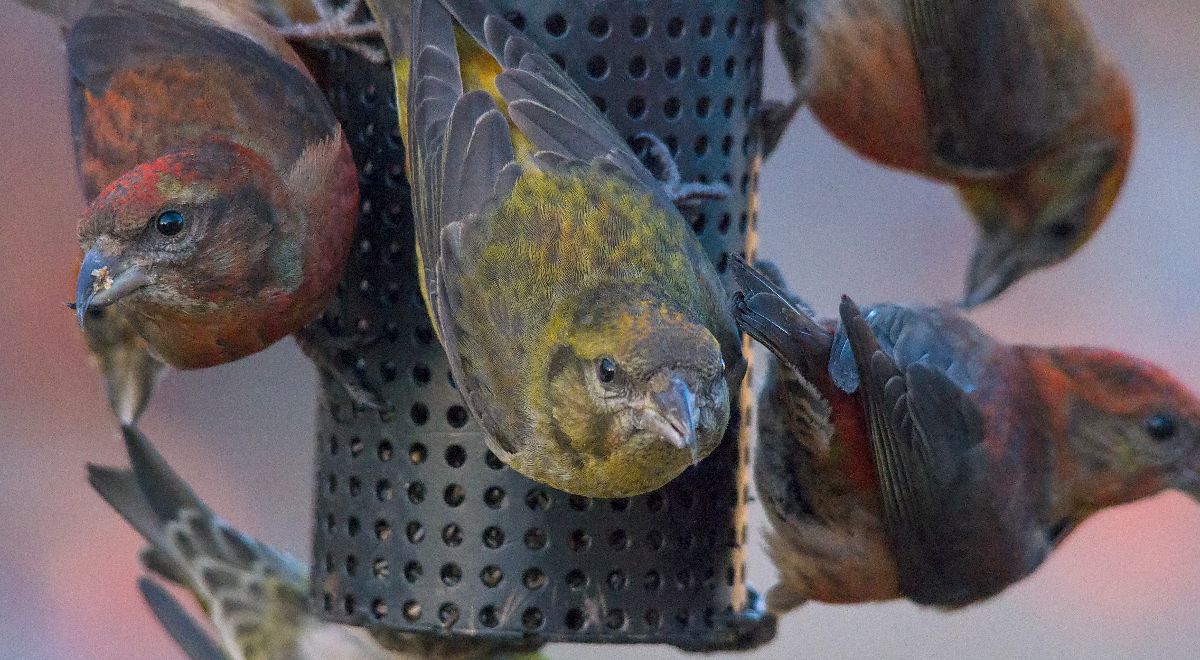
Red Crossbills at a feeder in SE Calgary
[exif id=”16078″]
Ron’s “General Forecast” describes cone crops as: “good to bumper in Northern Ontario, Western Canada and Alaska”. Also, due to the drought conditions in much of the east this year, the cone crops in that region are poor, so the birds that would regularly winter there will be moving east, west, or south to find food.
Pine Grosbeak:
Mountain Ash berries are their preferred food, and as those crops are good throughout the boreal region, chances of seeing many of them this winter are low. They are often found at high elevation in the front ranges of the Rocky Mountains west of Calgary during the breeding season. Mountain Ash is a decorative tree throughout much of the Calgary area, which will likely draw some down from the mountains.
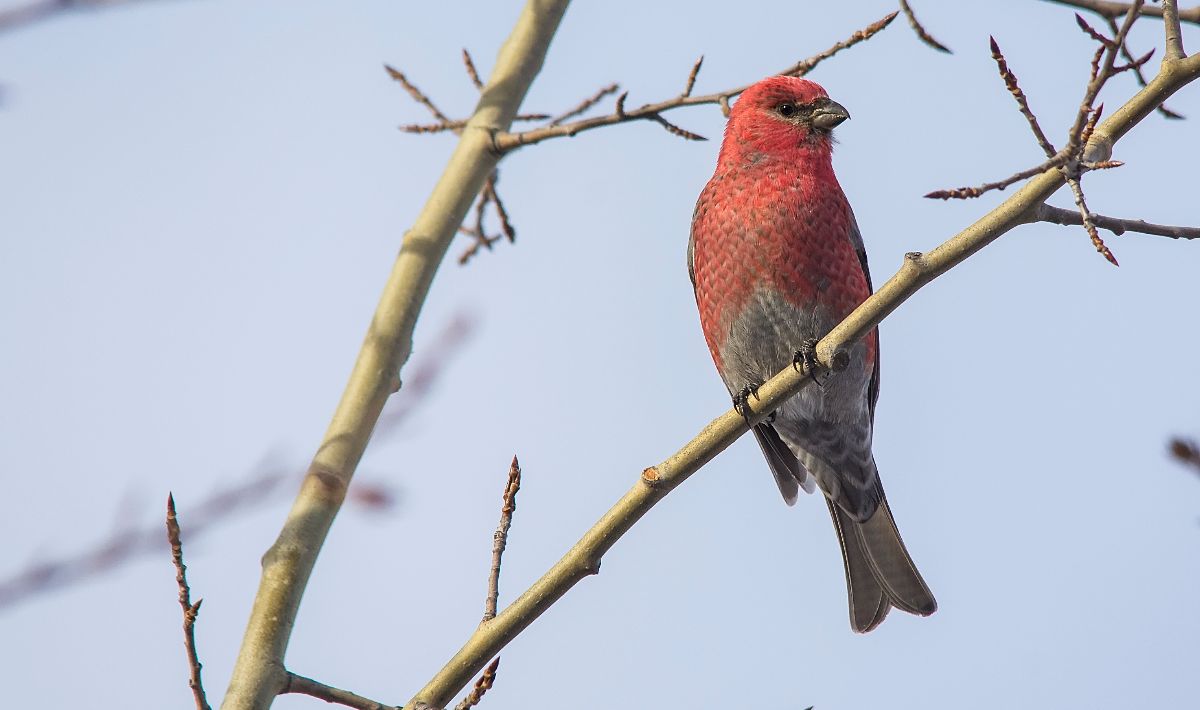
Pine Grosbeak
[exif id=”16080″]
Purple Finch:
As the cone crops are in good shape here this year we should expect to see Purple Finches rarely. They’re never really in the Calgary area in large numbers, but if you’re looking to attract them, black-oil sunflower is your best bet.
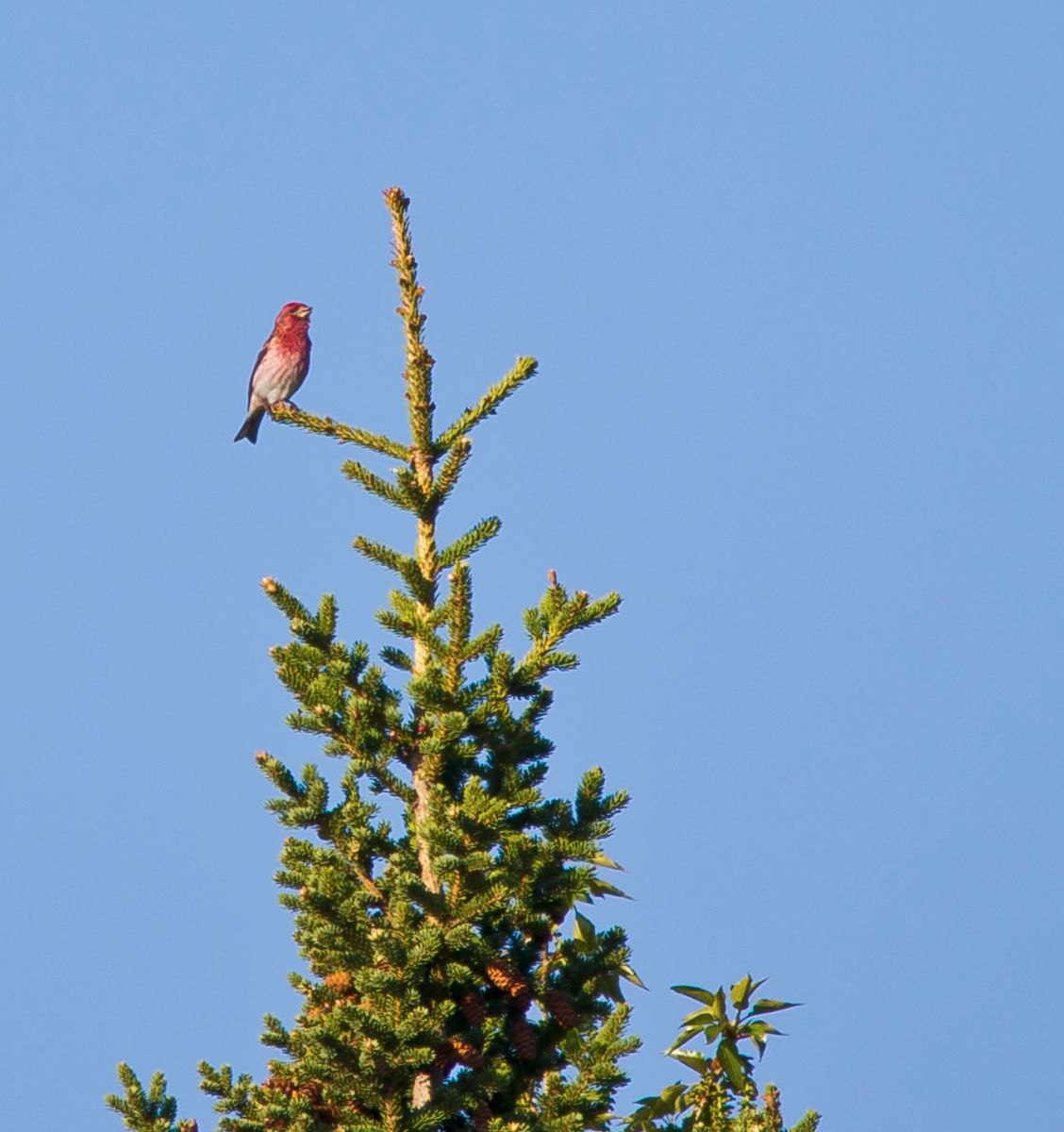
Purple Finch
[exif id=”16081″]
Red Crossbill:
While it’s unlikely for us to get a Red Crossbill irruption quite as good as what we had last year, it’ll still be a fairly good year for them throughout the pine and spruce in southern Alberta. The west end of Fish Creek Provincial Park is always a good place to find them, and Griffith Woods is another good spot.
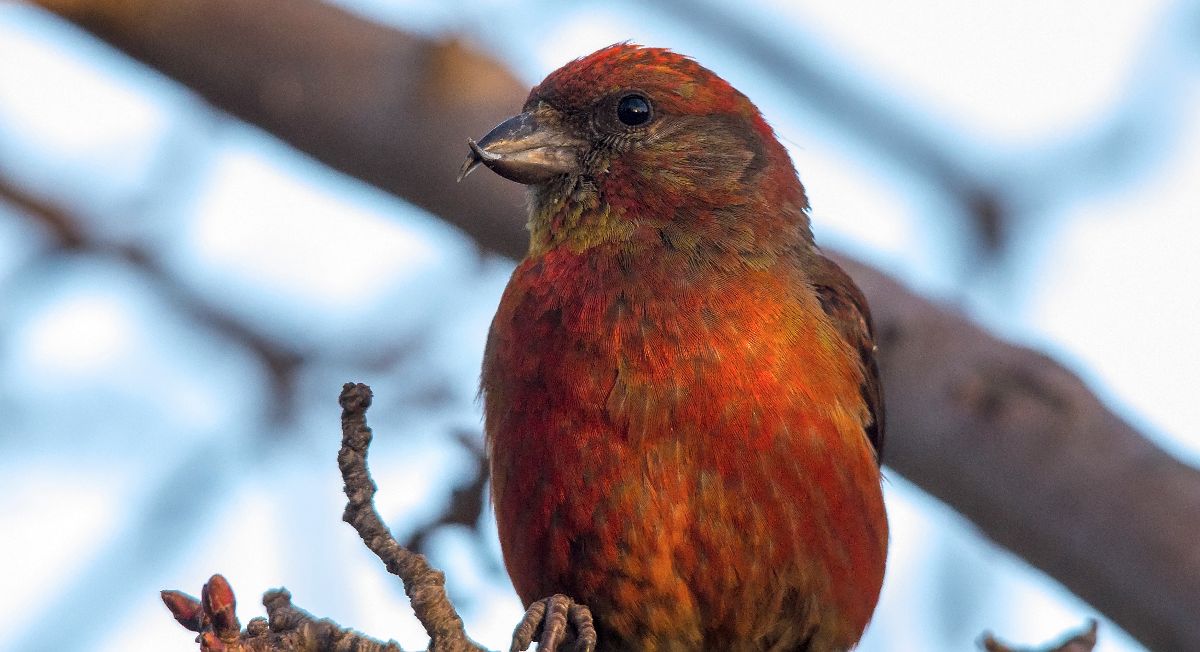
Red Crossbill
[exif id=”16079″]
White-winged Crossbill:
As with the Red Crossbills, this species has moved west to the abundant cone crops out here, so we stand to have another good year of White-winged Crossbills throughout southern Alberta. They’re another common feeder bird, and as with most, they tend to prefer black-oil sunflower seeds.
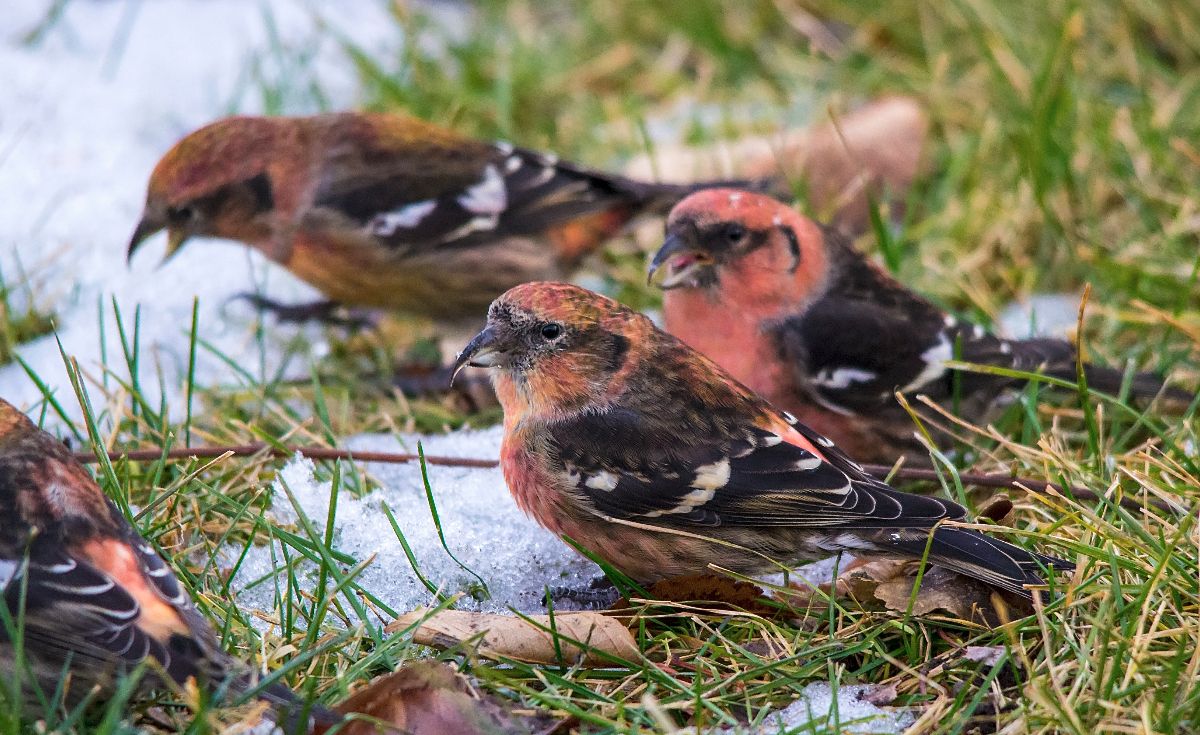
White-winged Crossbill
[exif id=”16082″]
Common Redpoll:
As the general trend of crop failure continues in the east, these birds will be found on birch and willow in the west where the cone crops have been much more robust. Nyjer seed will be the feed of choice to attract these to your yard in the Calgary area.
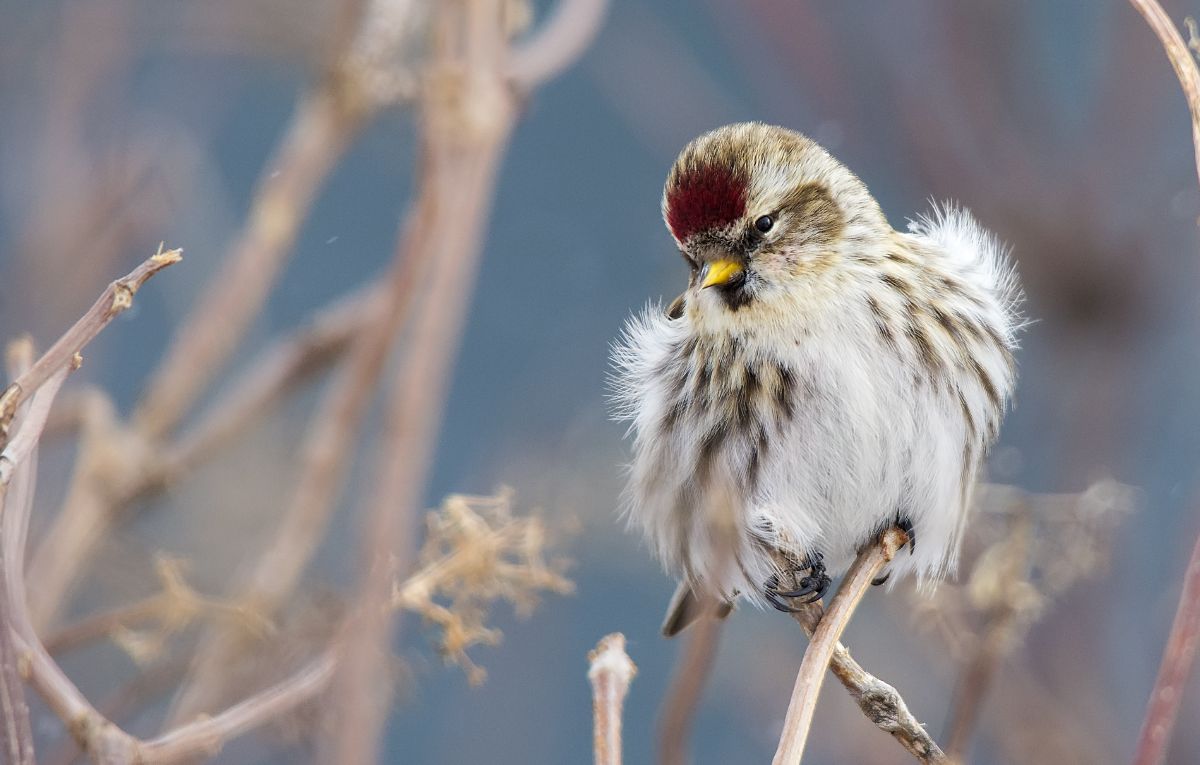
Common Redpoll
[exif id=”16083″]
Hoary Redpoll:
Whenever you find a flock of Common Redpoll, there’s a chance that you might find the occasional Hoary Redpoll in the mix. They’re really not that easy to pick out, but if you spend the time looking over a flock you might just luck out and find one that looks just a little paler with a tiny little bill. When it comes right down to it, it’s a numbers game… at least until they lump them back in with Common Redpolls!
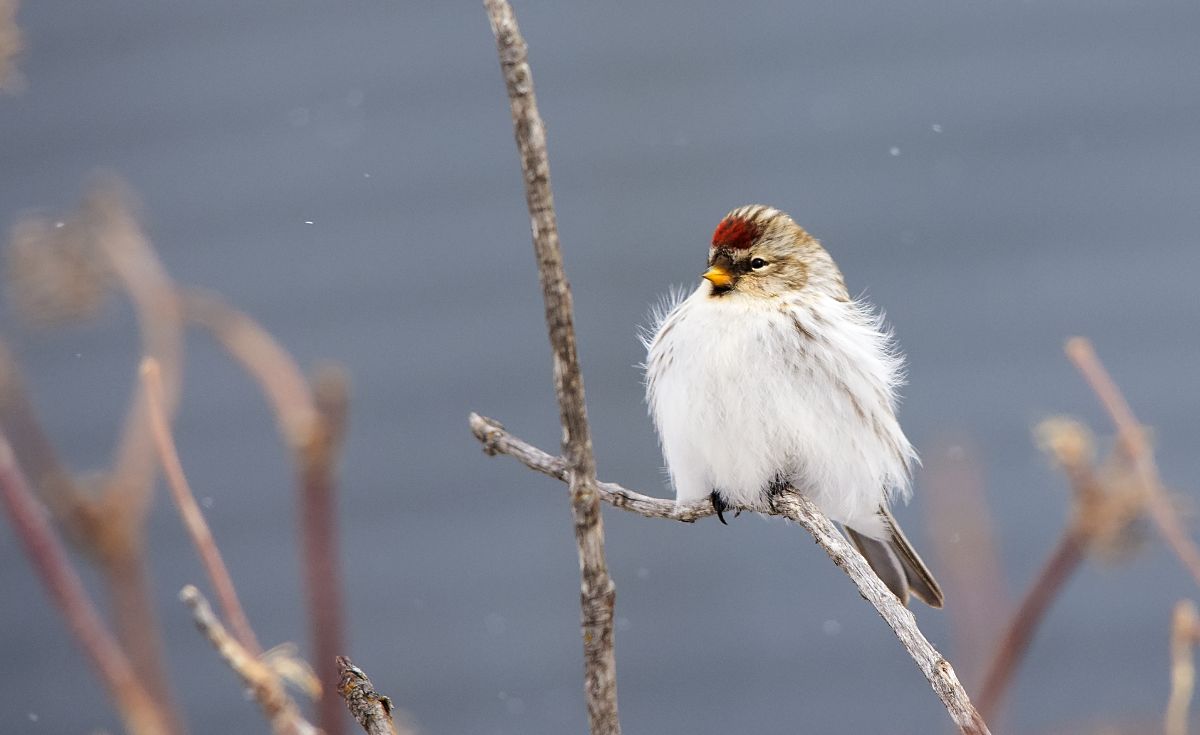
Hoary Redpoll
[exif id=”16084″]
Pine Siskin:
Pine Siskins have already been appearing in southern Alberta, and like the Pine Grosbeaks, they do breed in the area, so it will be interesting to see just how many of them show up this winter from elsewhere.
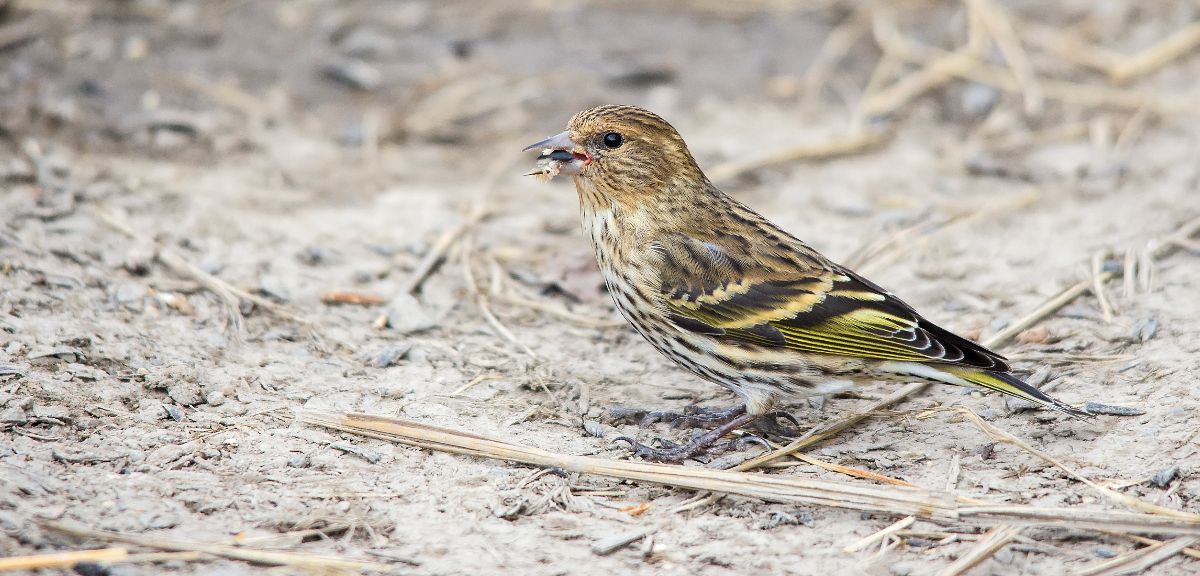
Pine Siskin
[exif id=”16077″]
Evening Grosbeak:
These beautiful finches are so incredibly striking, and they seem to be doing well all across Canada, with their numbers again on the rise. We’ve even been seeing them within the city limits of Calgary on the Friends of Fish Creek outings to Bebo Grove and Marshall Springs, which is a good sign for seeing them in bigger numbers as the colder weather sets in!
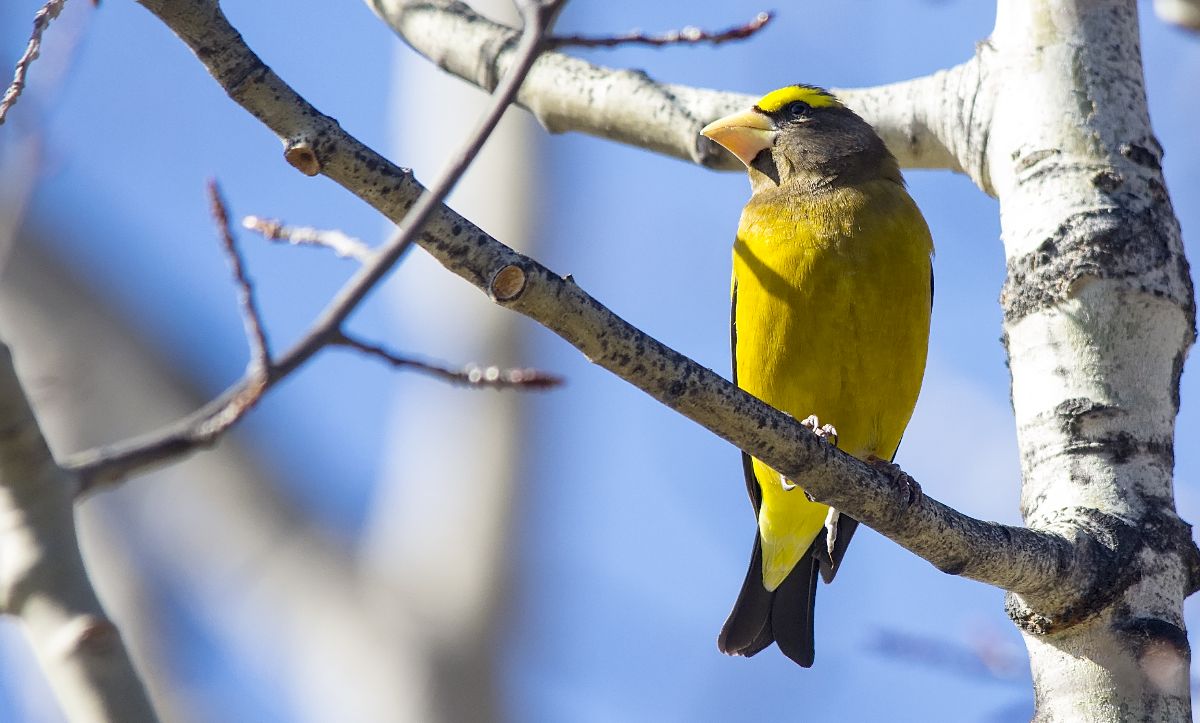
Evening Grosbeak
[exif id=”16085″]
Blue Jay:
While these guys aren’t finches, they can be irruptive as they also feed on the same seeds that winter finches utilize. Their numbers have also been on the rise in the Calgary area as well, so it’s almost a guarantee that we’ll be seeing these all throughout the area and even in some back yards this winter.
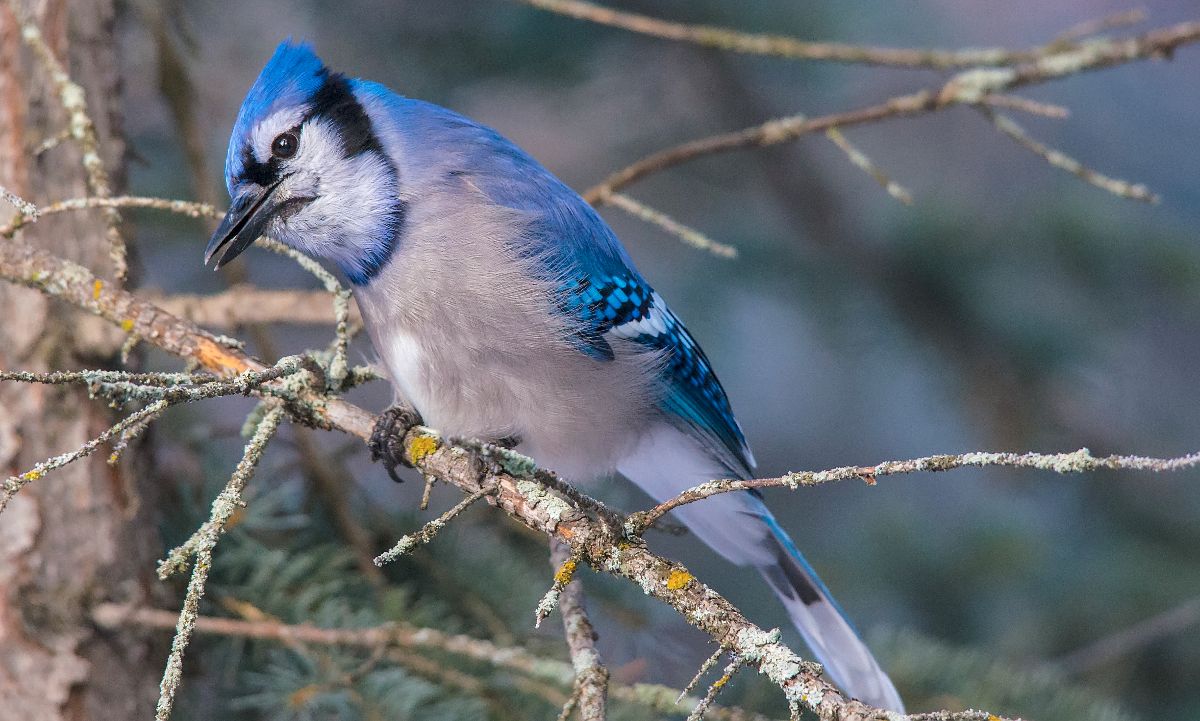
Blue Jay
[exif id=”16088″]
Red-breasted Nuthatch
Another species that we’ve been seeing in larger numbers already this fall, the Red-breasted Nuthatch is a charismatic little critter. More often than not you can find them foraging in spruce stands calling from the tops of trees and flitting about in mixed flocks with chickadees and kinglets.
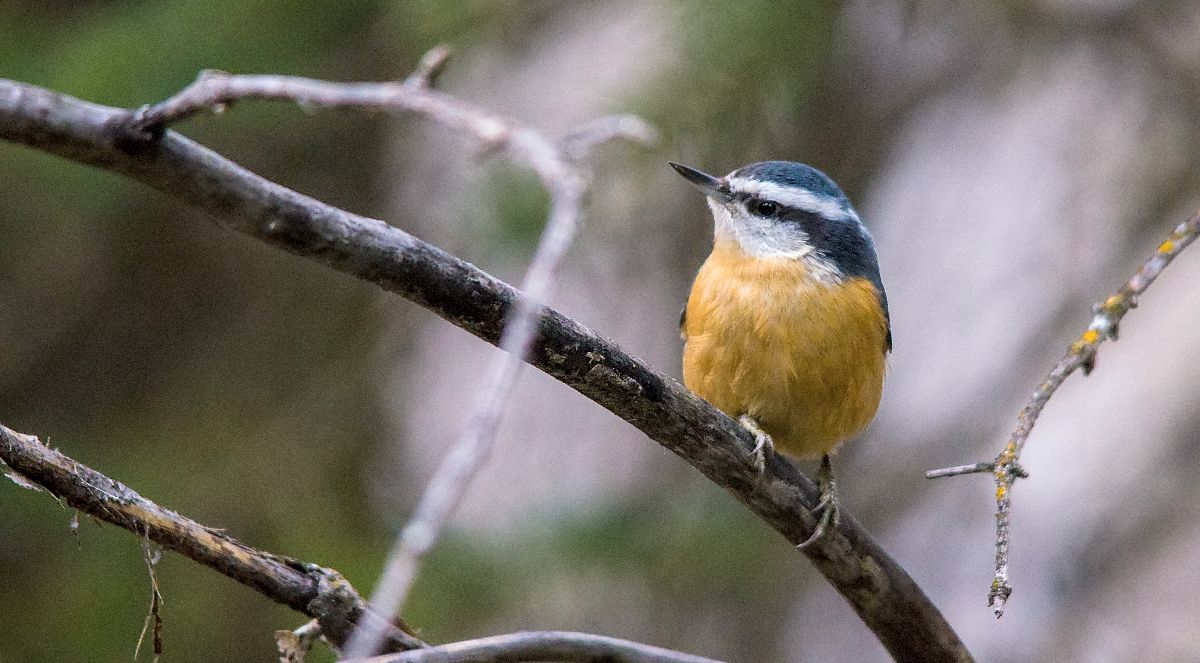
Red-breasted Nuthatch
[exif id=”16086″]
Bohemian Waxwing:
Of all the species, these are the ones that seem to be around every winter in decent numbers. While we do have irruptive years where we have tens of thousands in the Calgary area alone, it’s not uncommon to see flocks of hundreds. They are most often found foraging on silverberry, mountain ash, or even spruce trees on whatever they can find in the boughs.
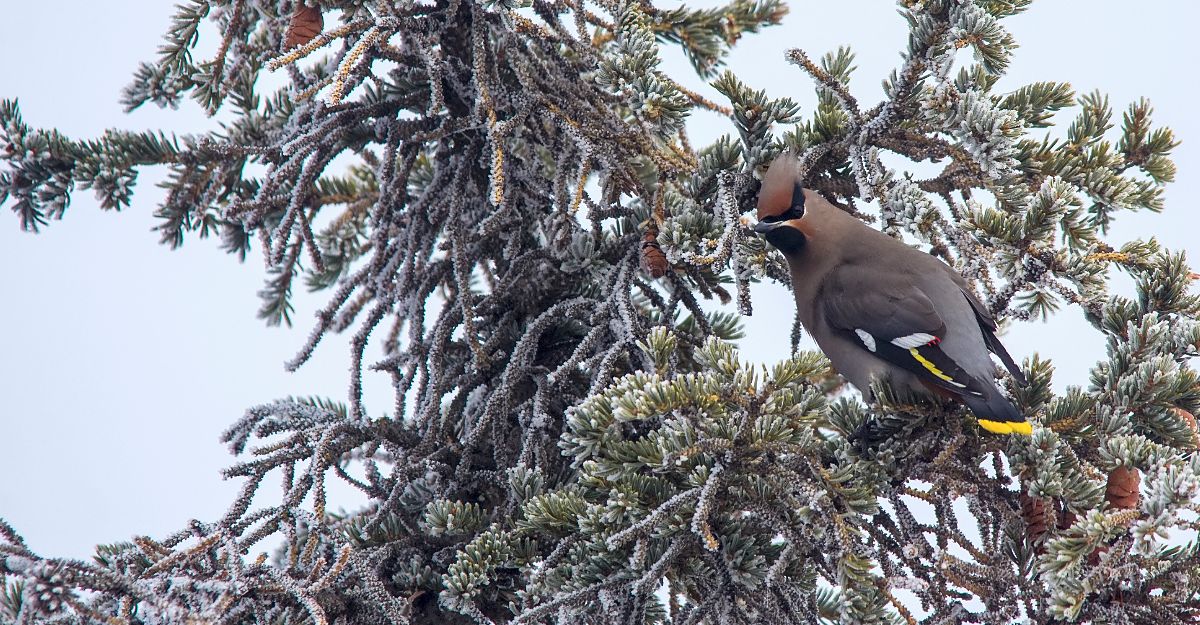
Bohemian Waxwing
[exif id=”16087″]
So, where can you go to see finches this winter? Within the city of Calgary, the Weaselhead Nature Area, Griffith Woods, and the west end of Fish Creek Provincial Park are great places to look. In the north, Queen’s Park Cemetery and Confederation Park can provide some good views of these birds as well. As well, the front ranges and foothills of the Rocky Mountains are productive because of the huge numbers of spruce lining the slopes. Don’t rule out some of the prairie wetlands either! Pine Siskins and both redpoll species will feed on cattails and spilled grain wherever they can be found!
Good luck out there, and let’s hope the cold weather holds off for just a little bit longer!

